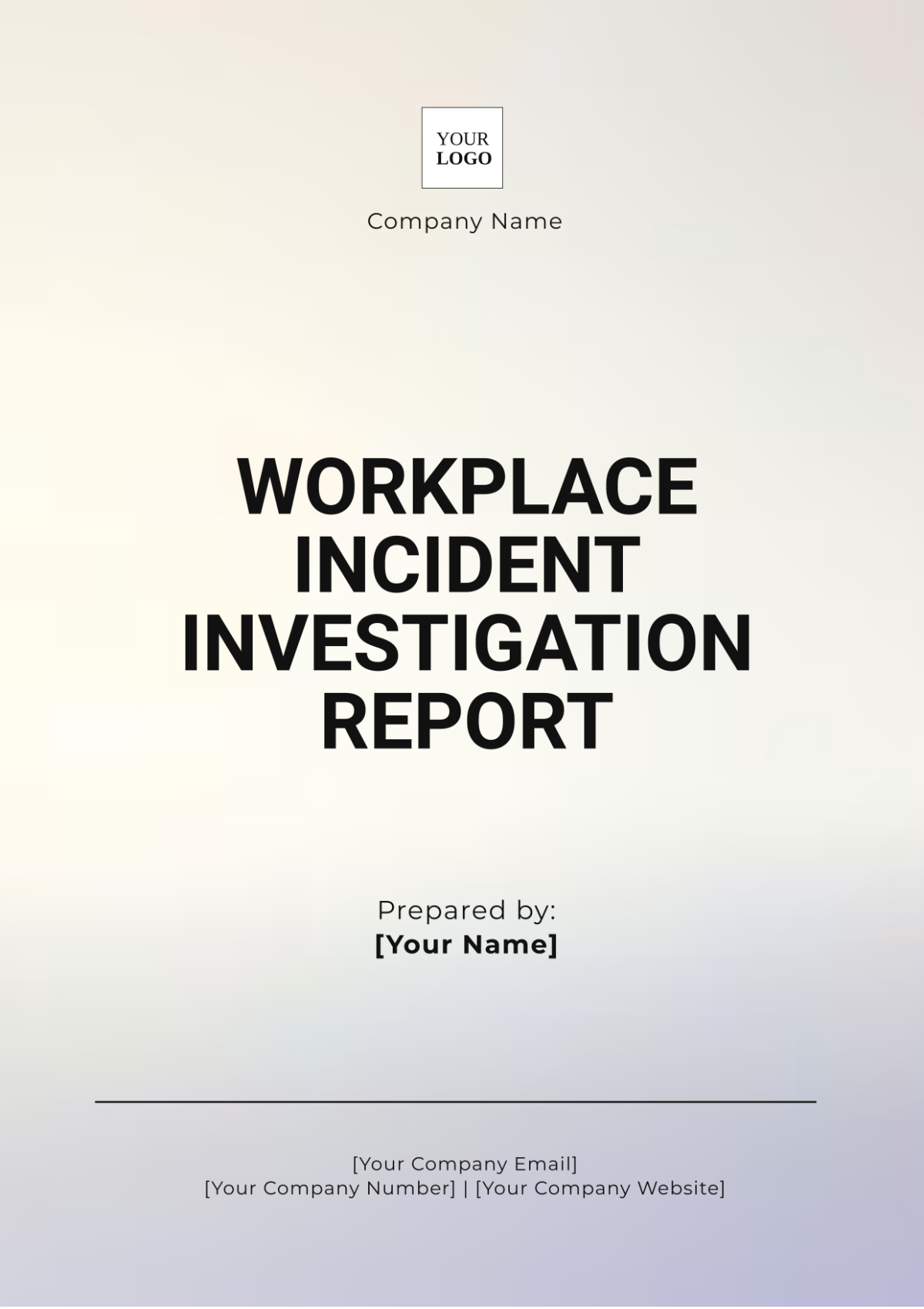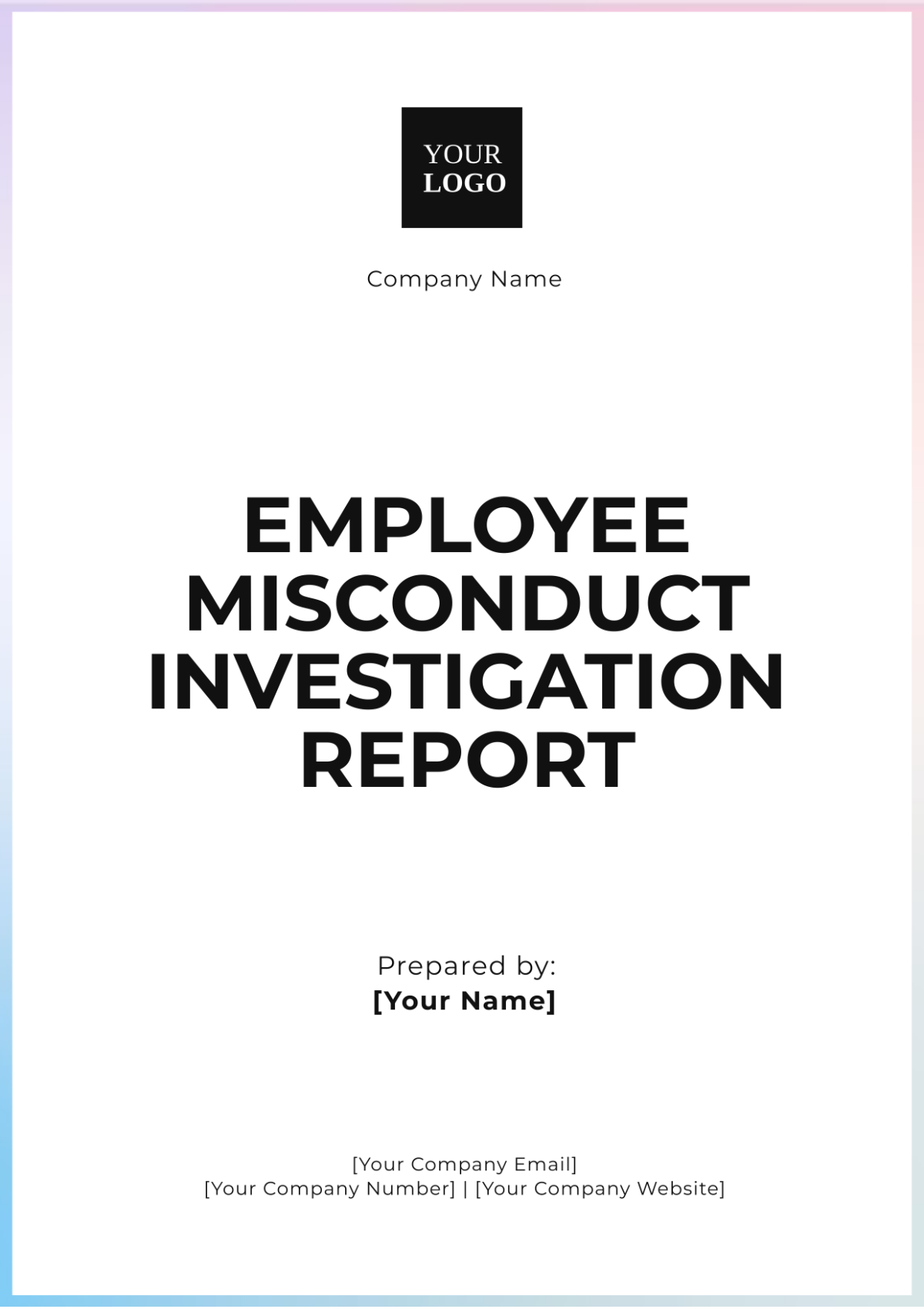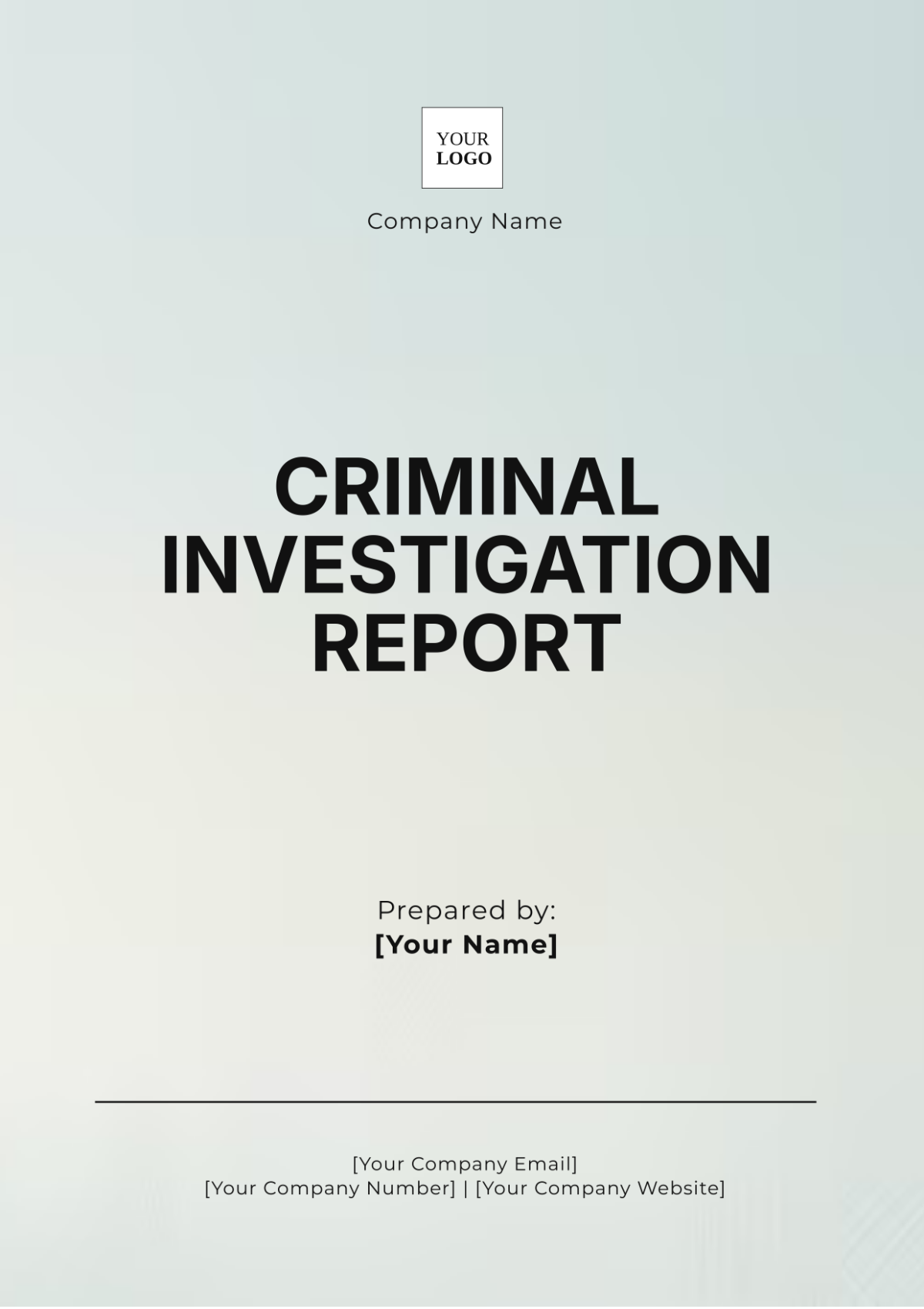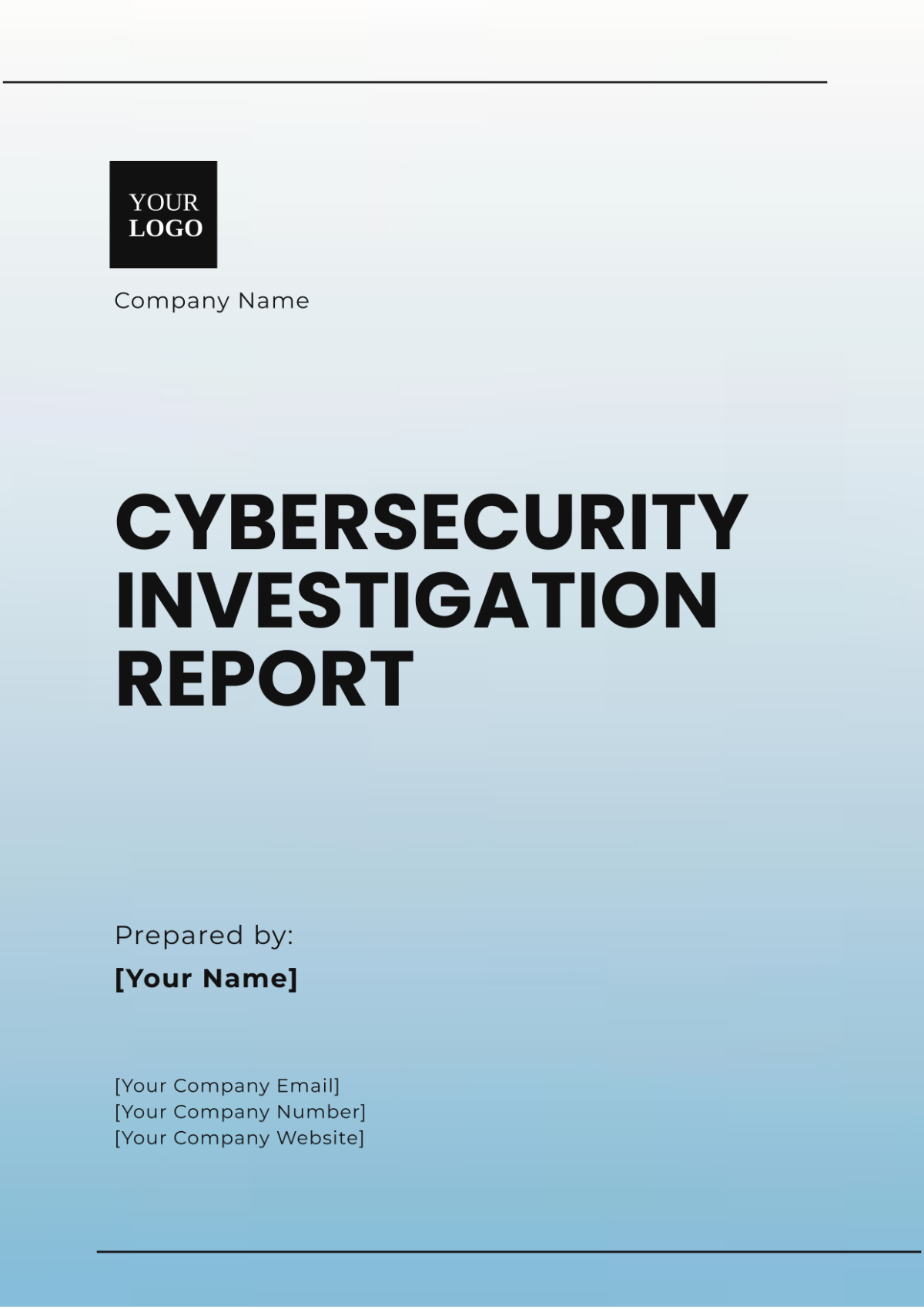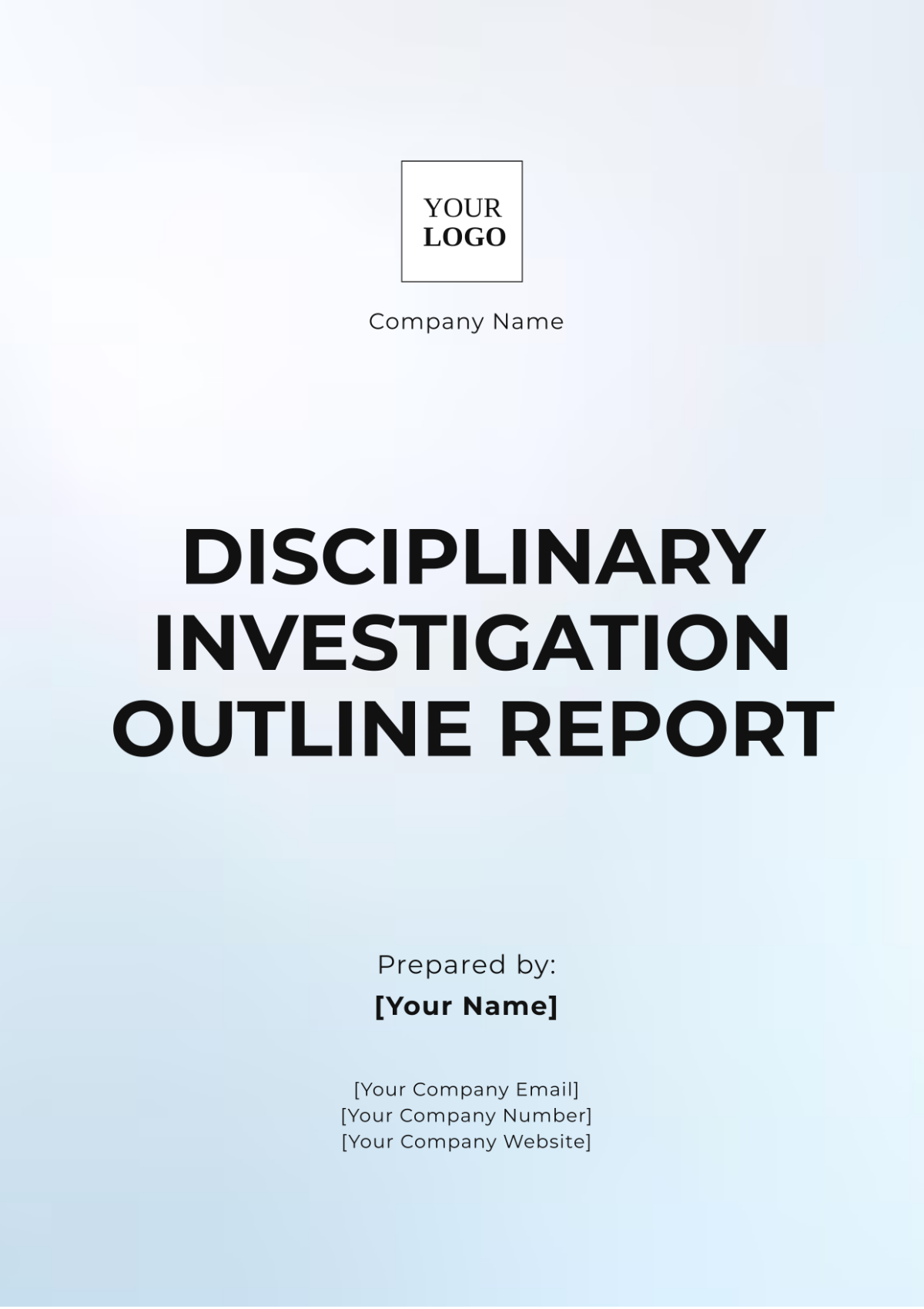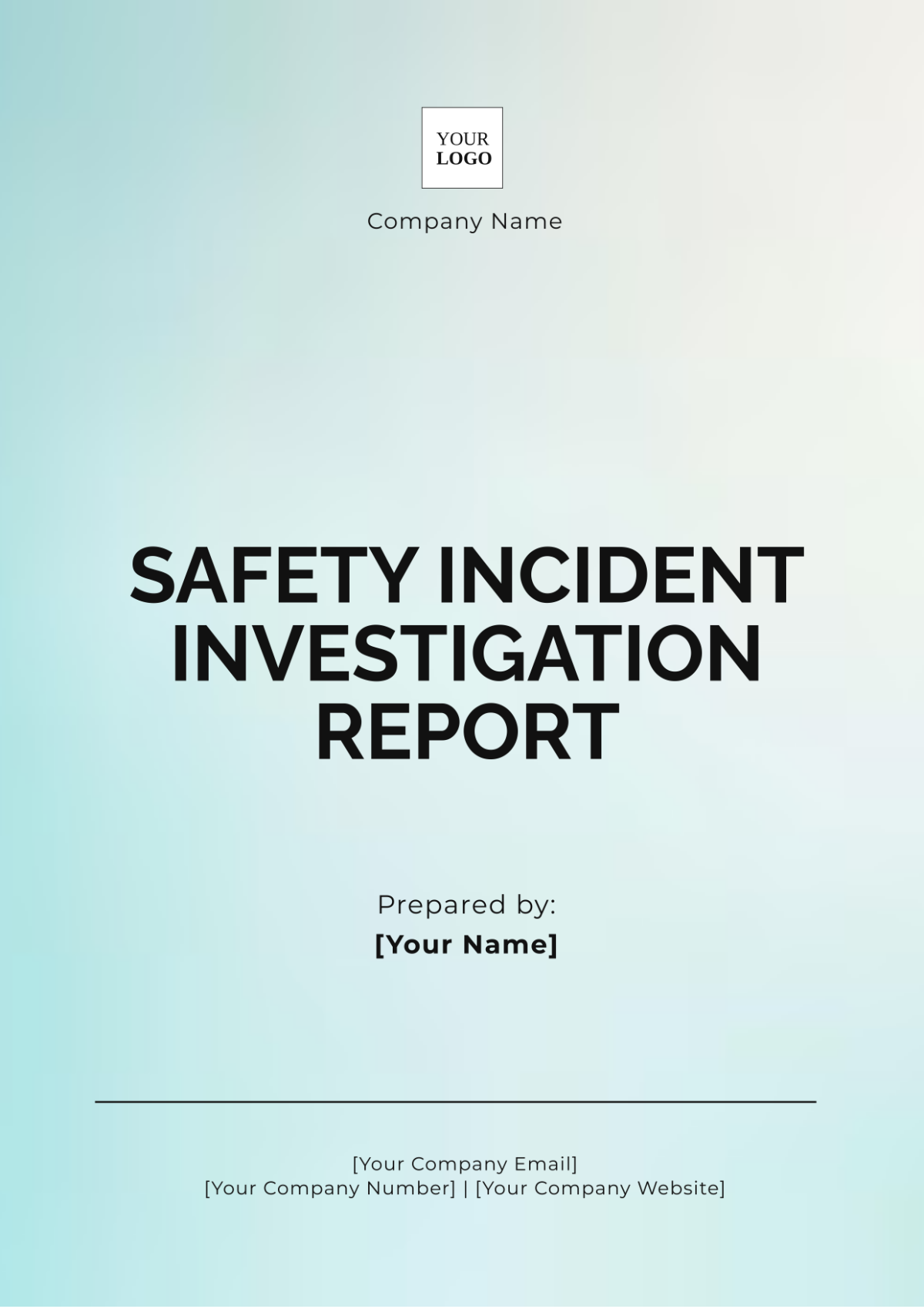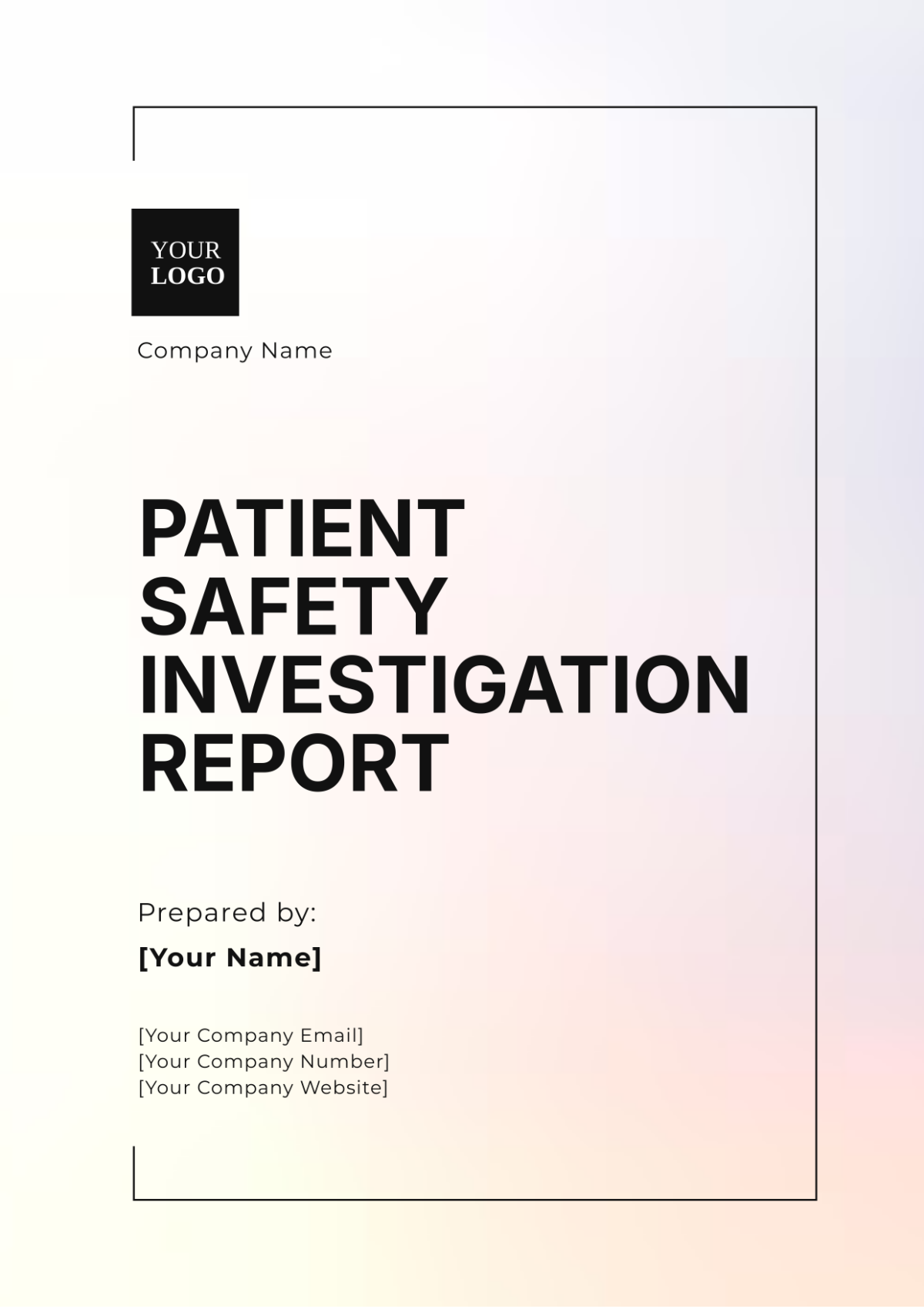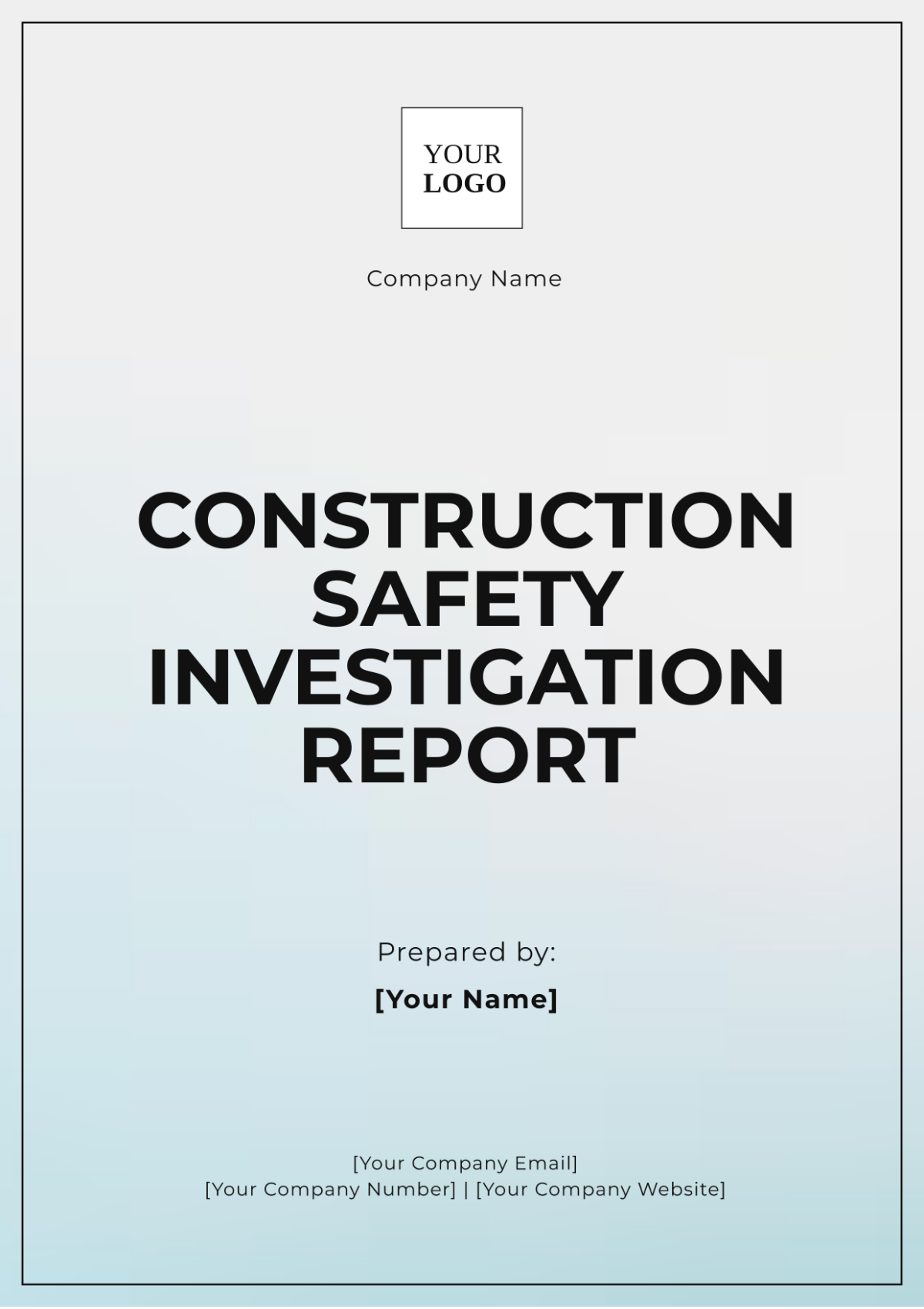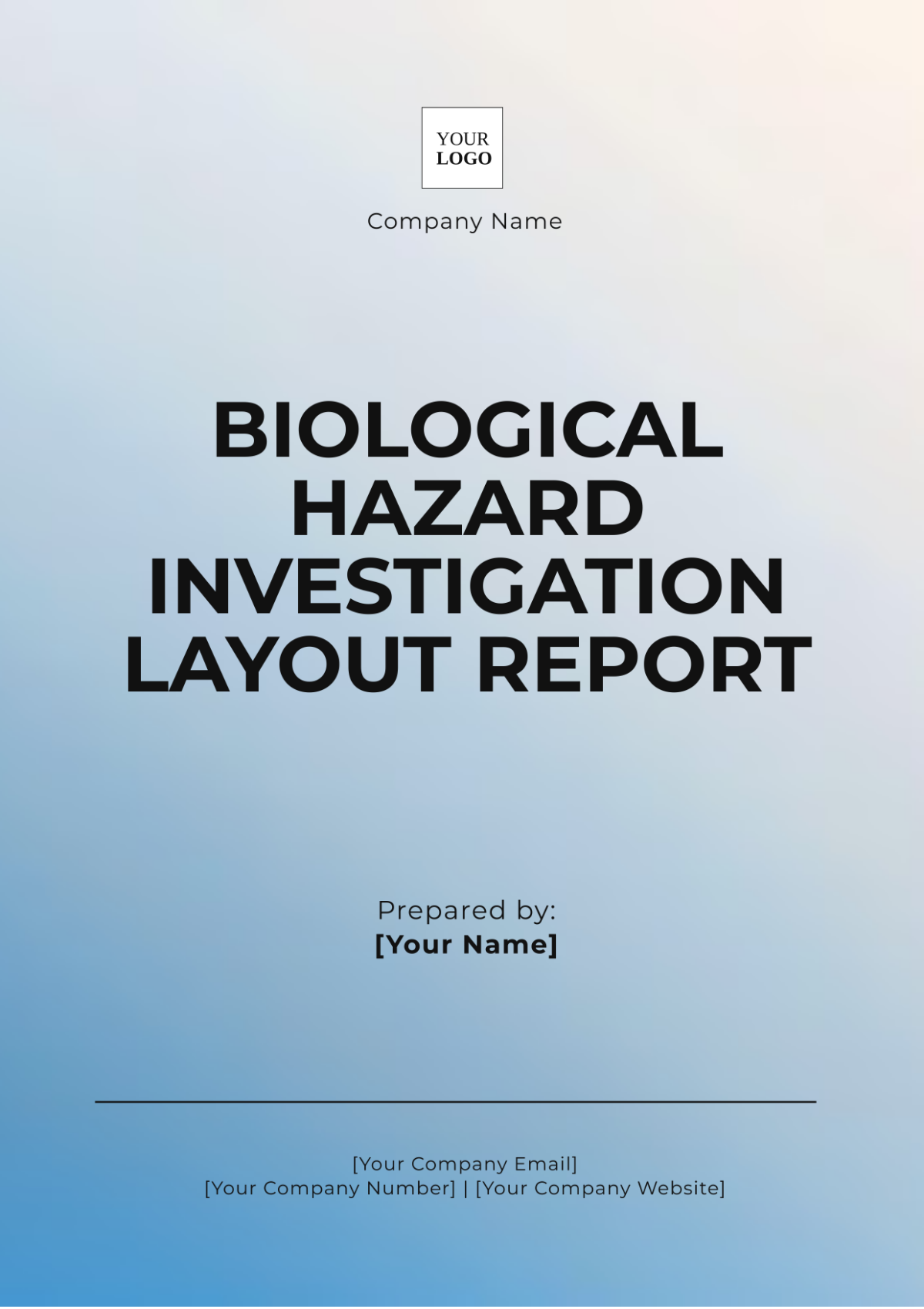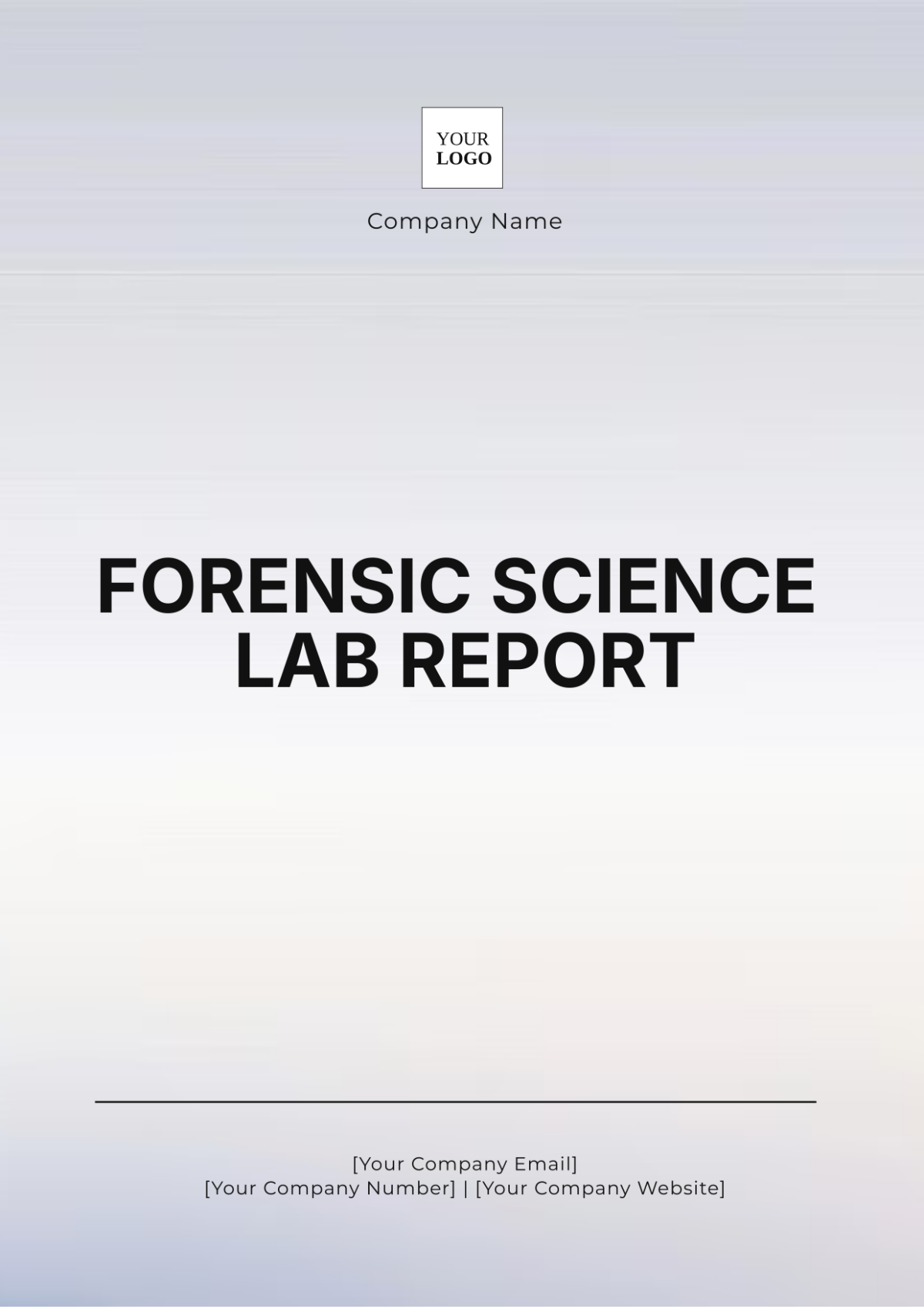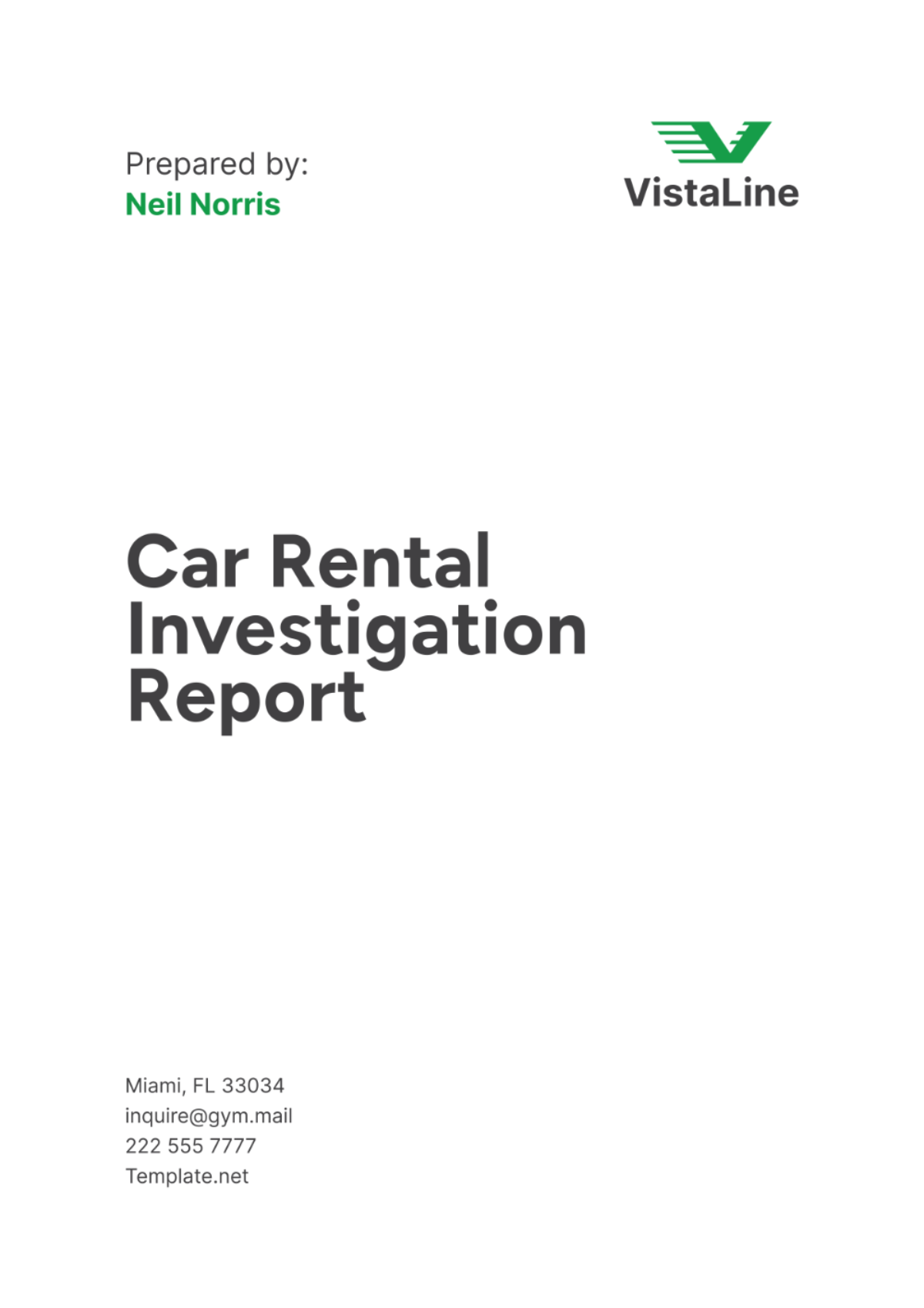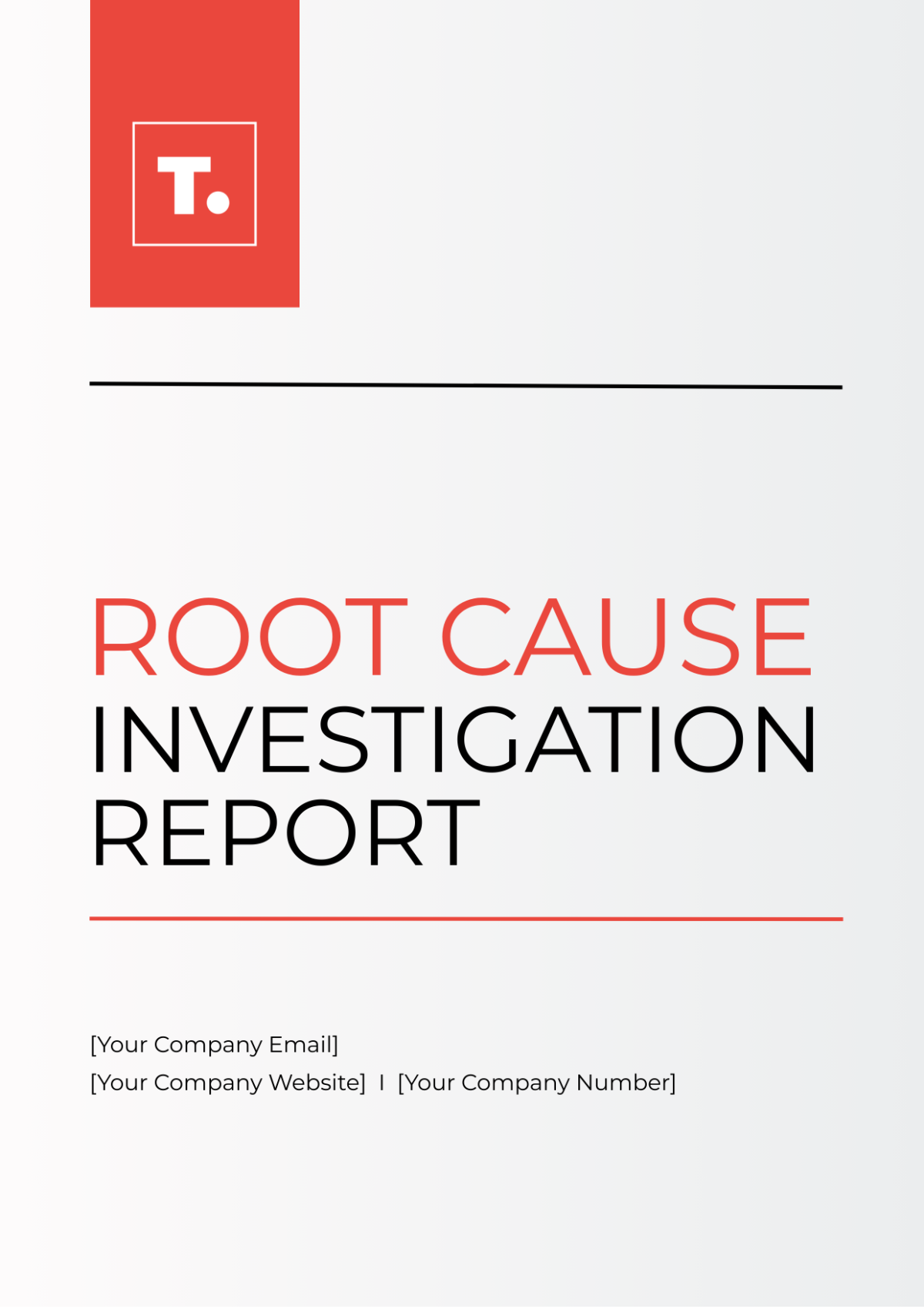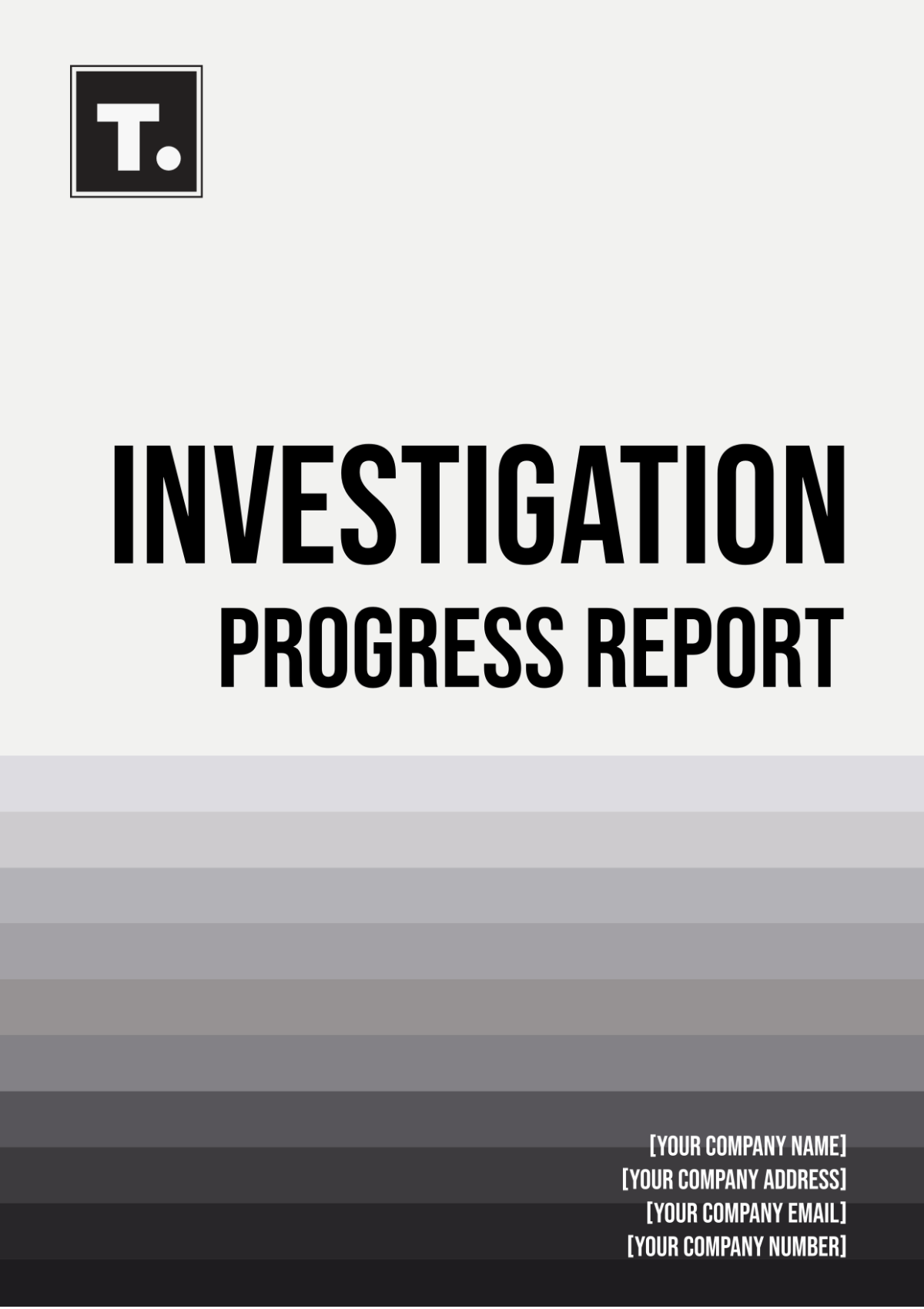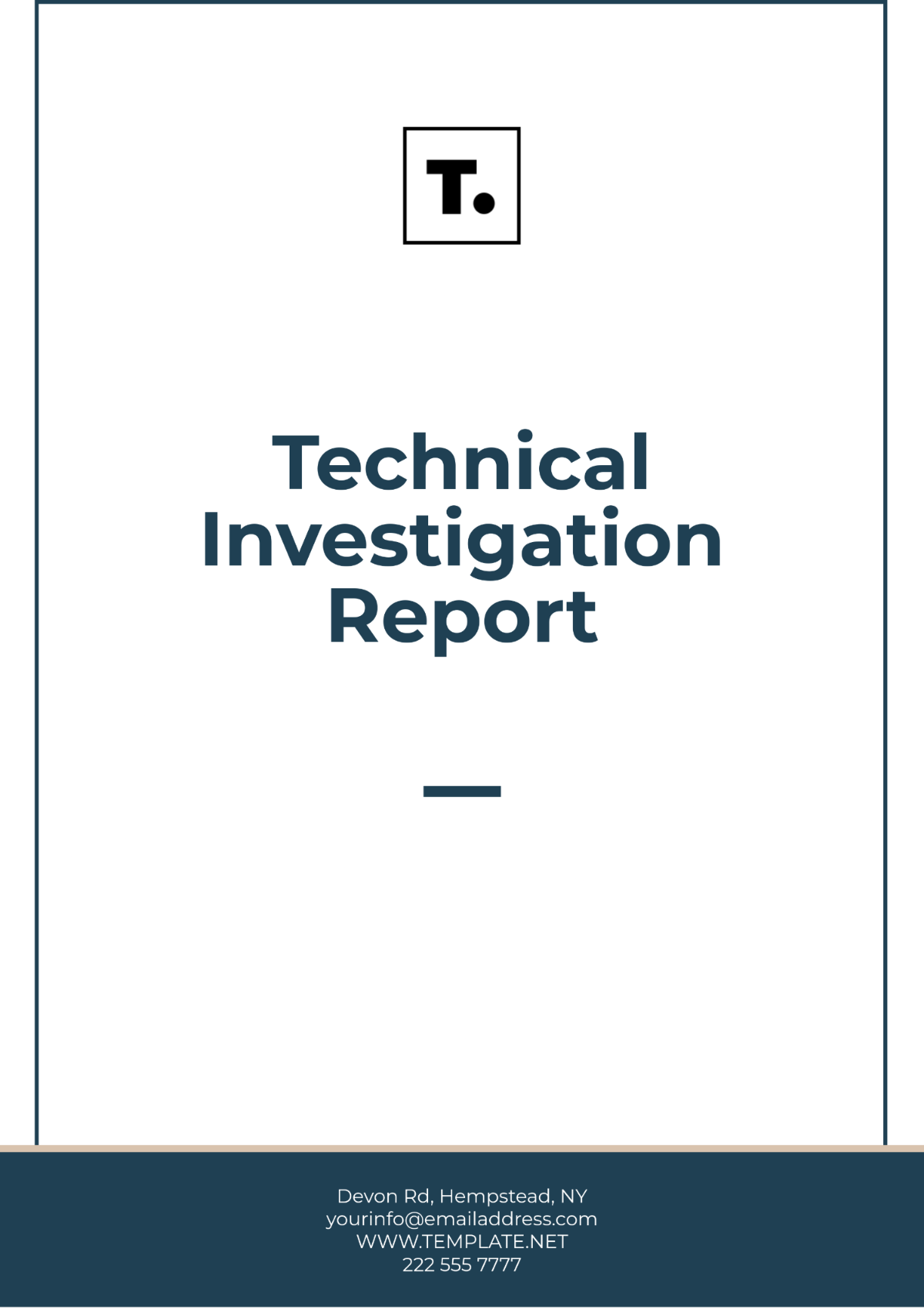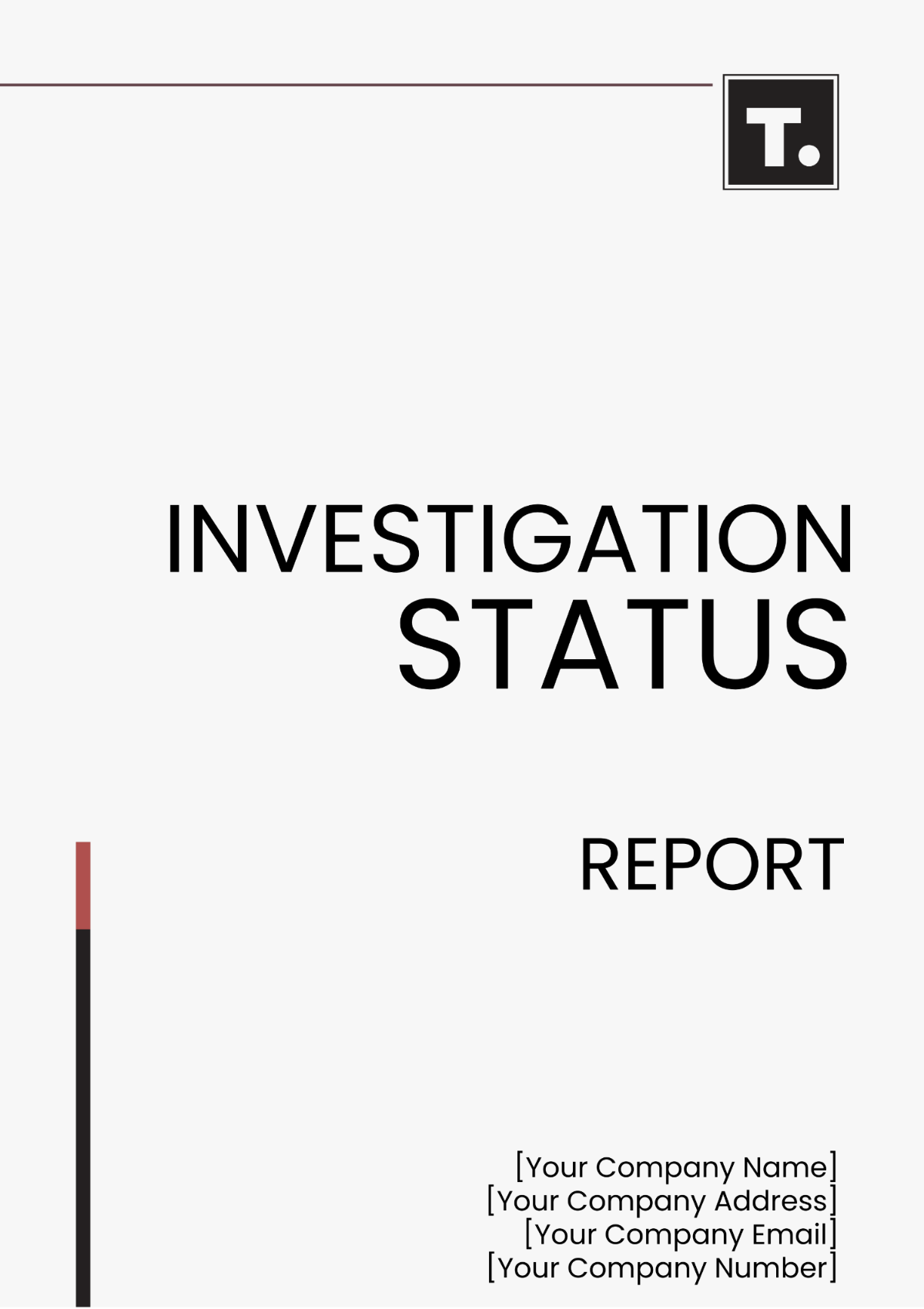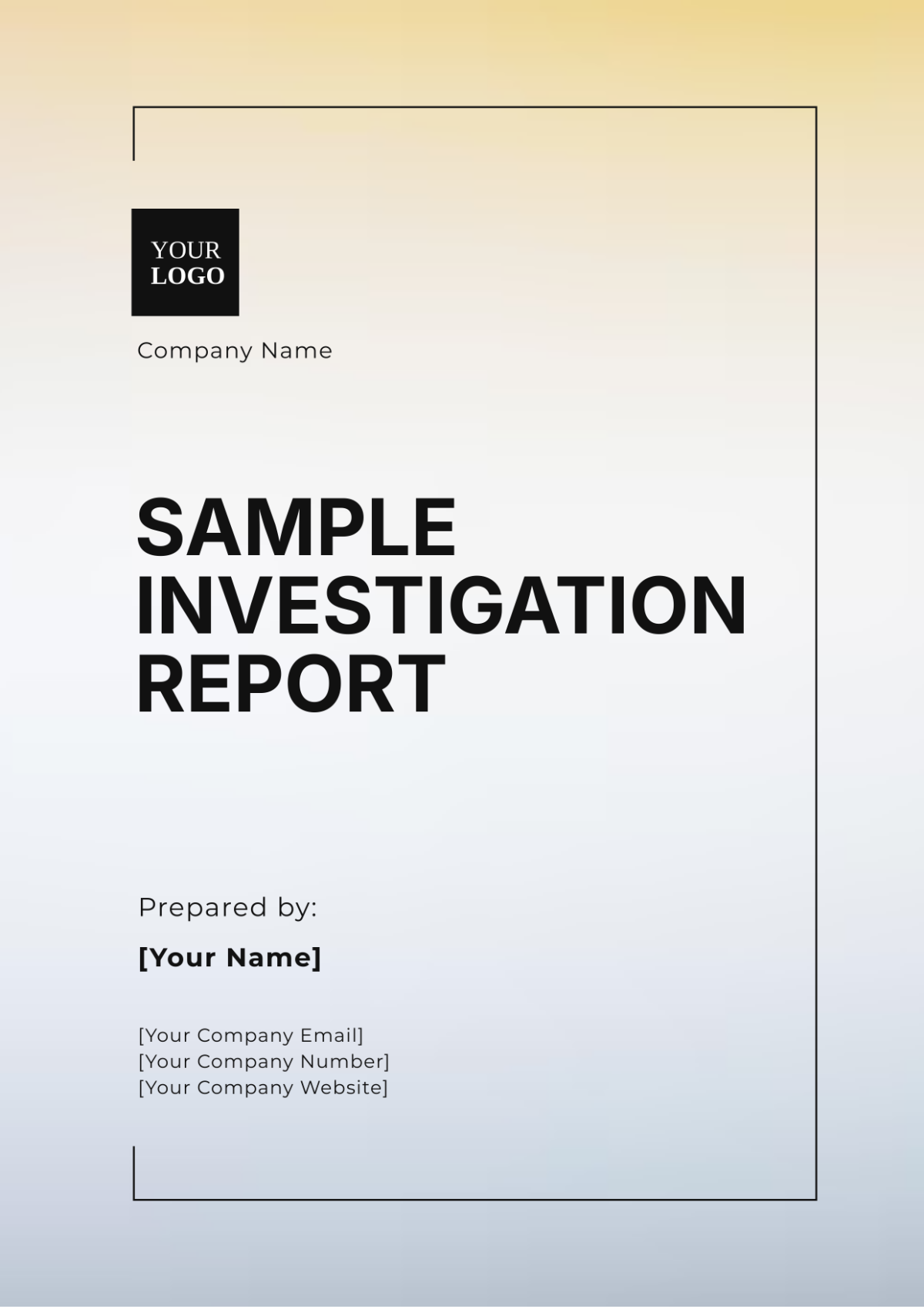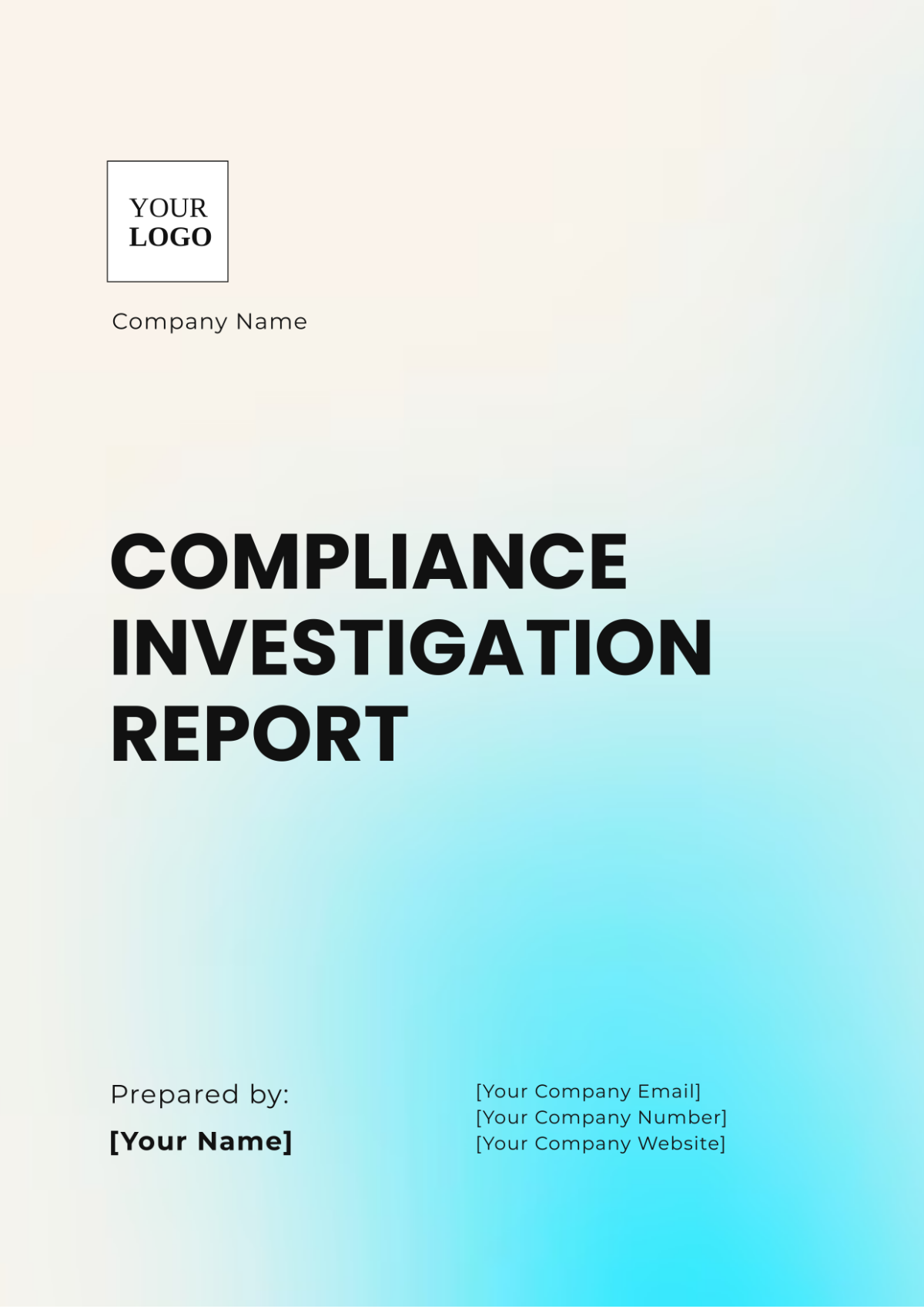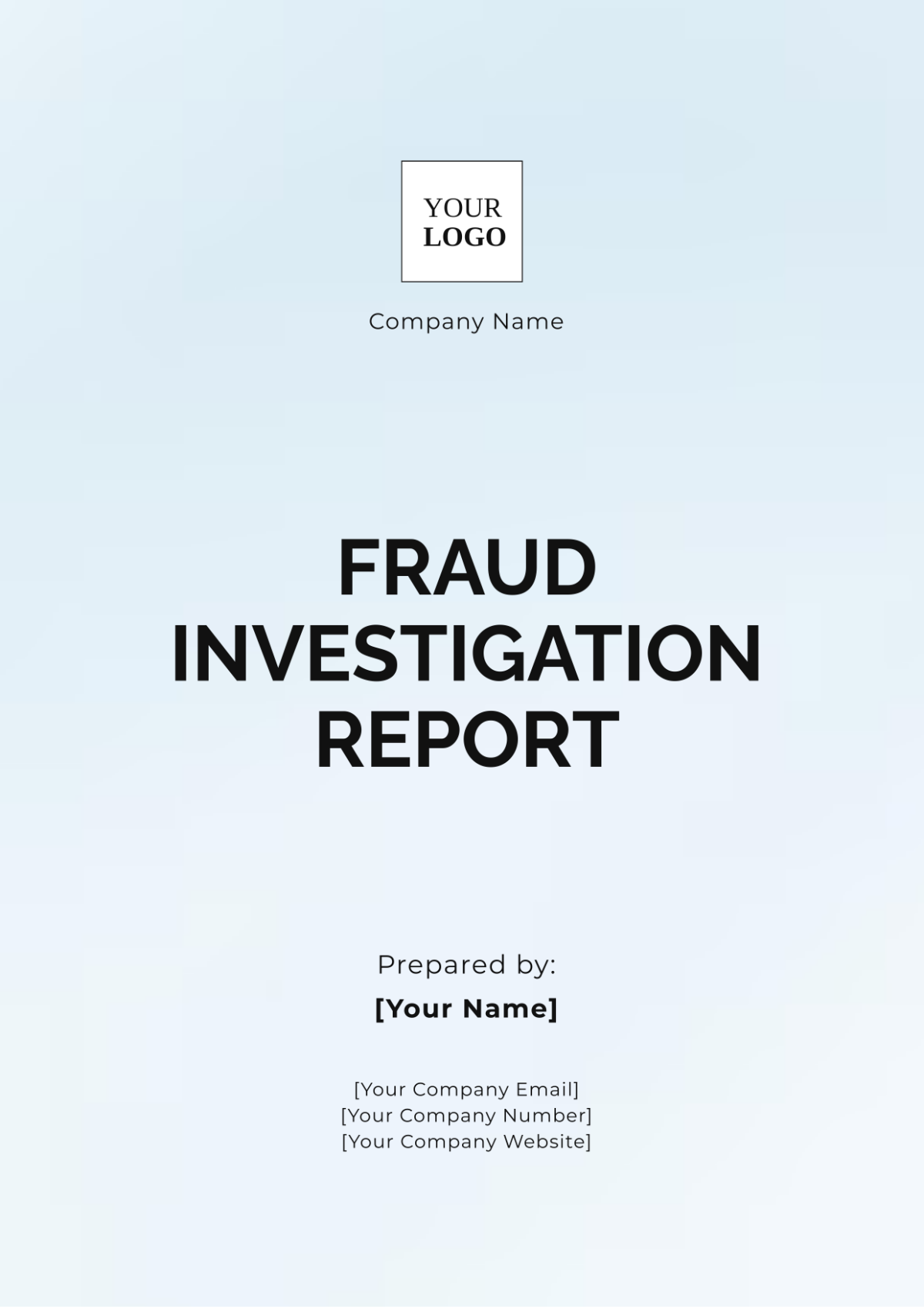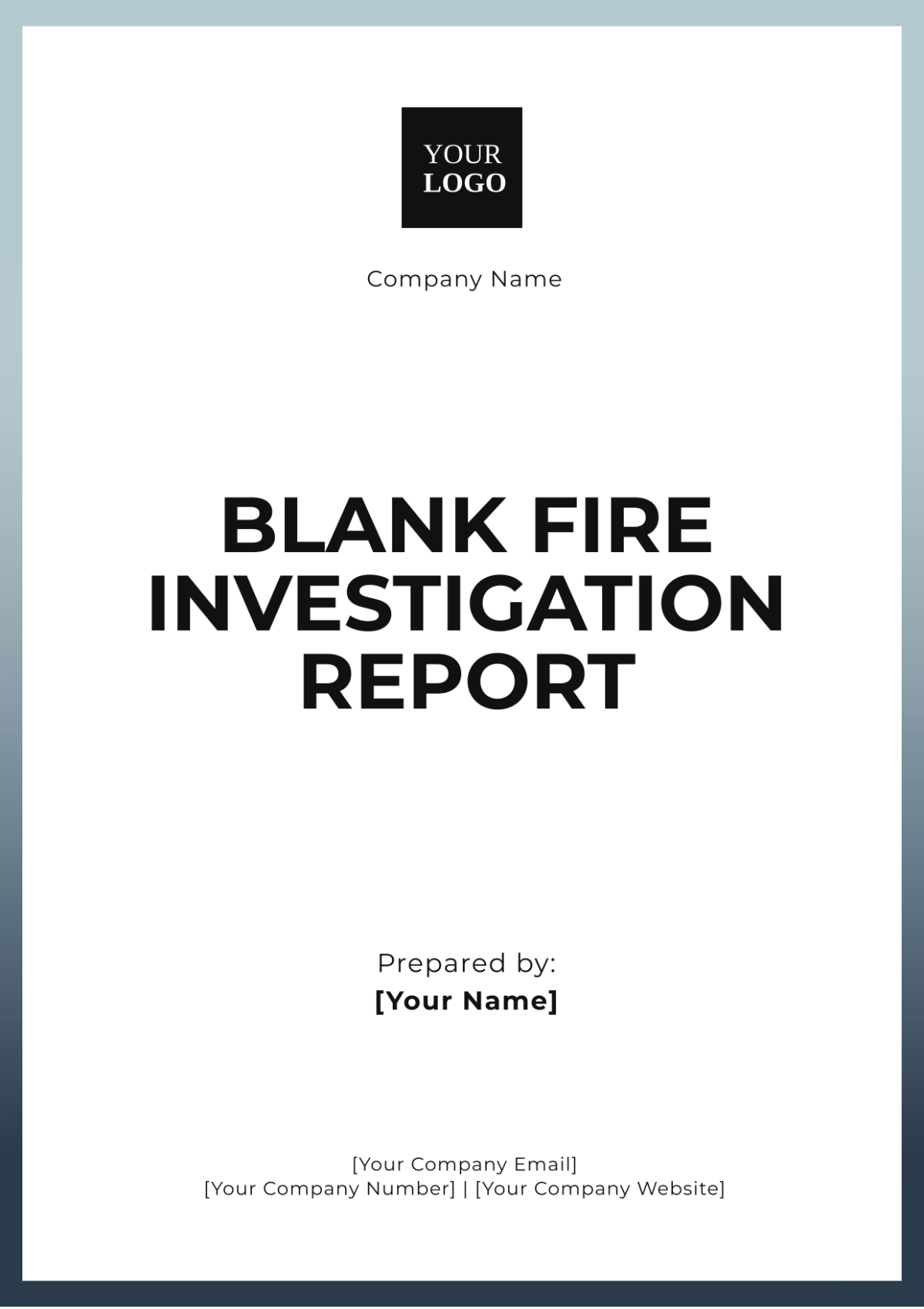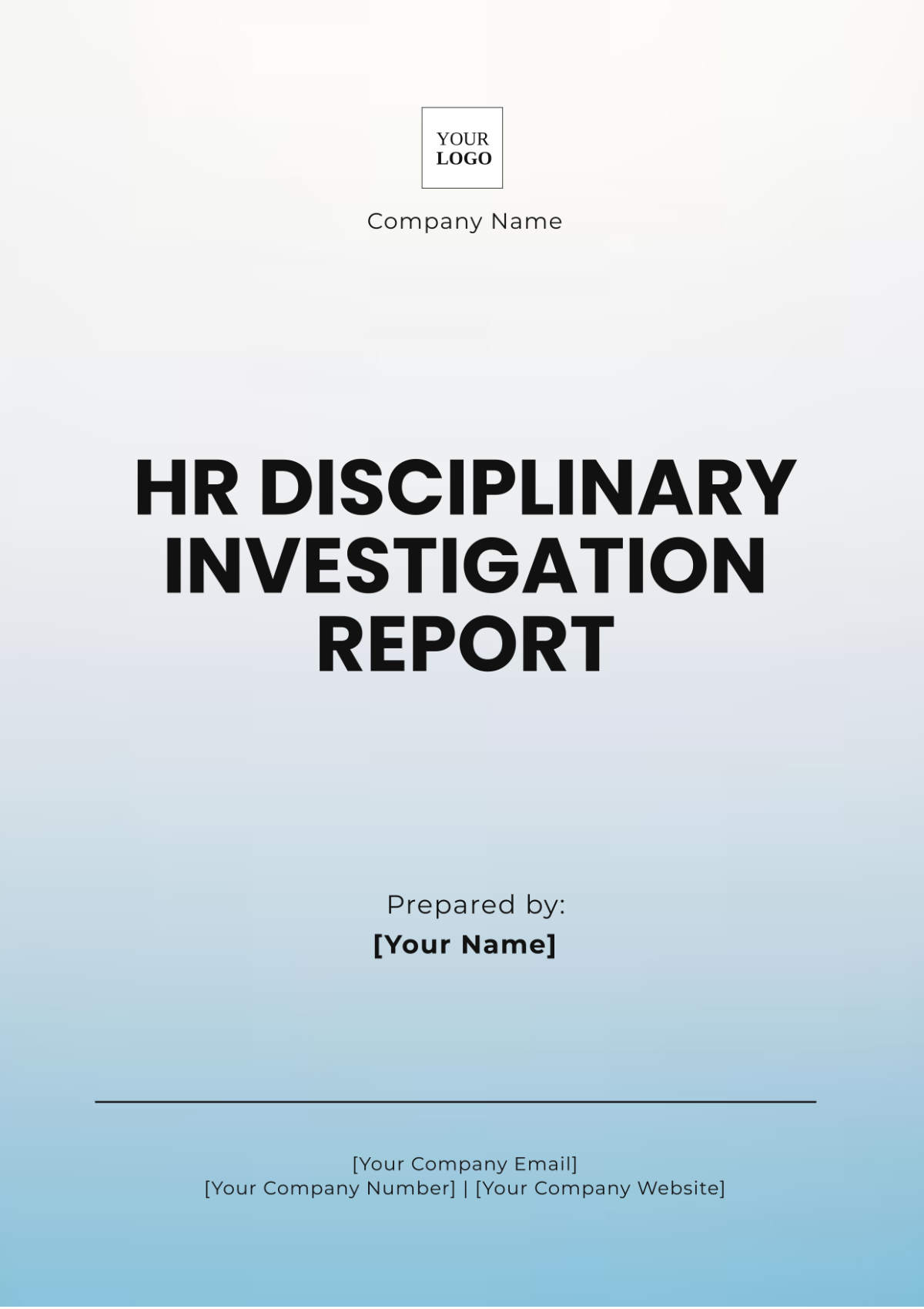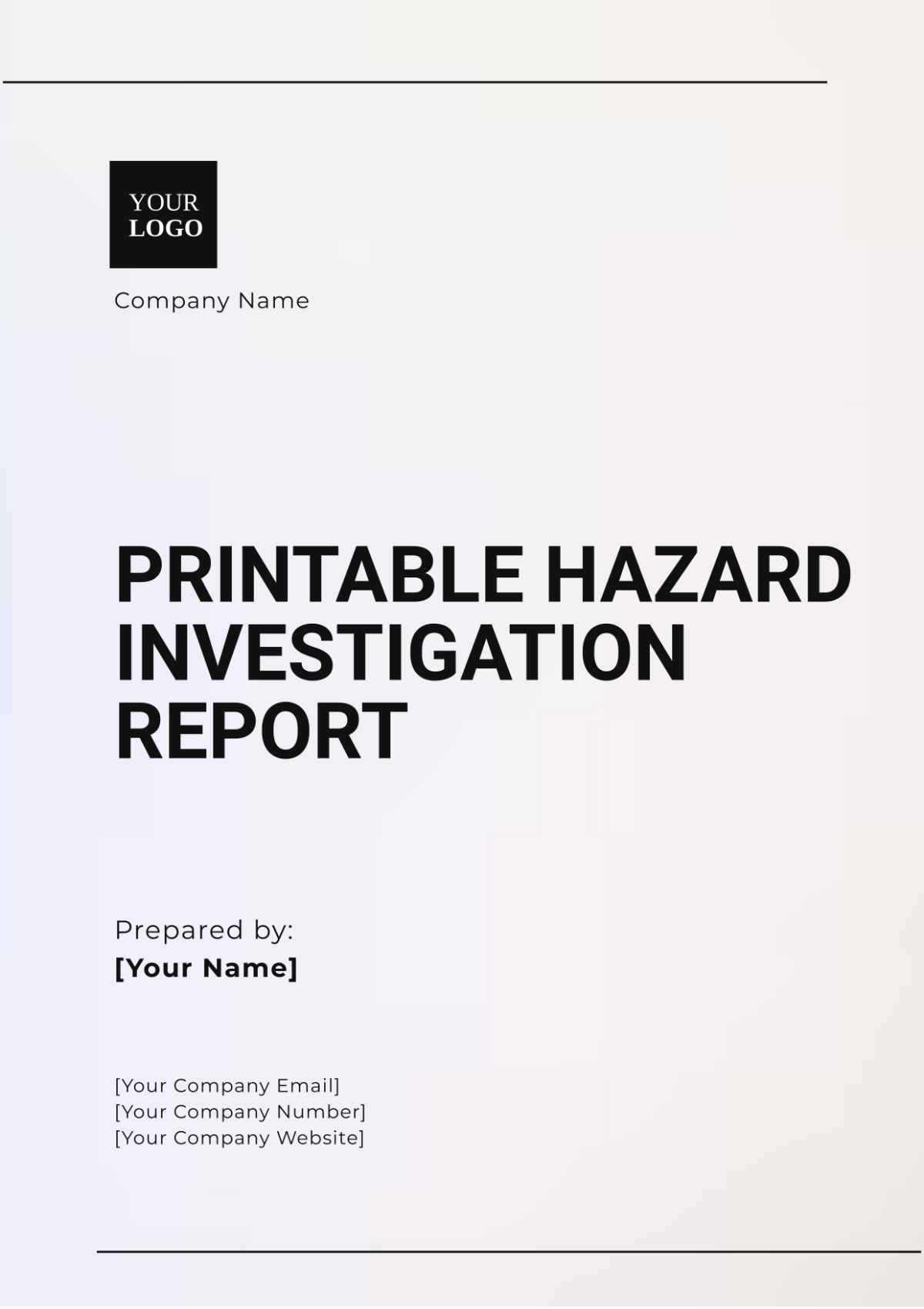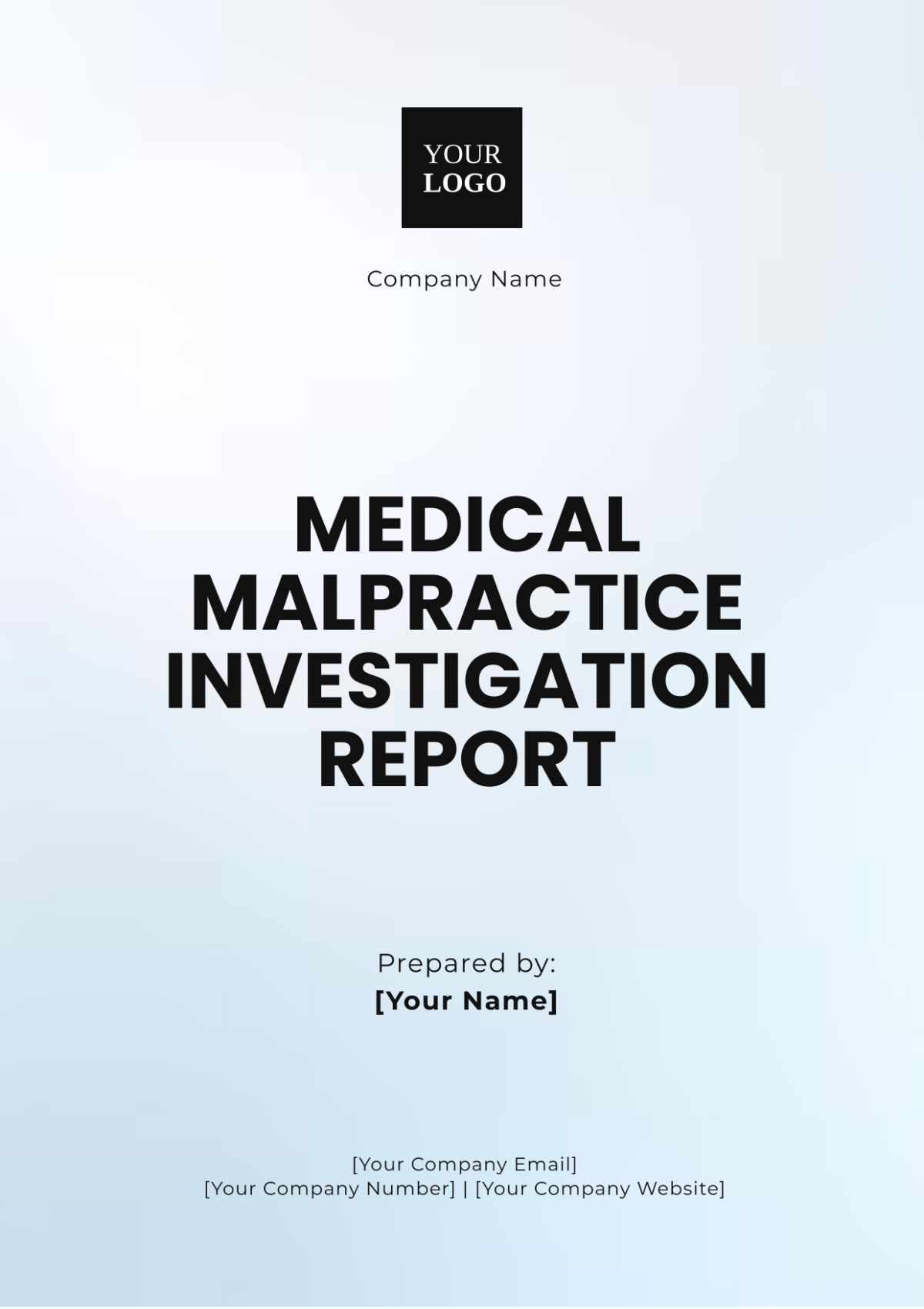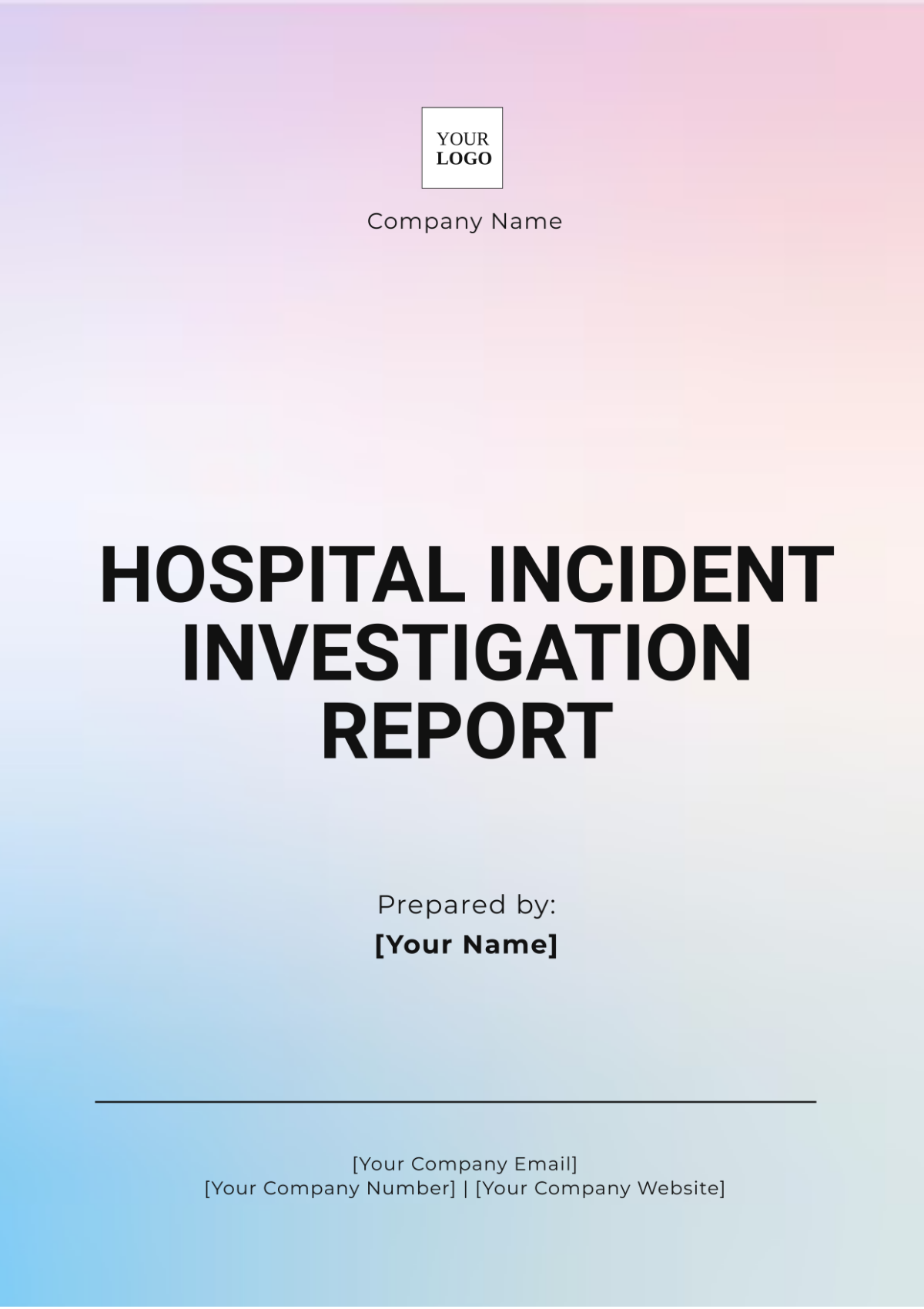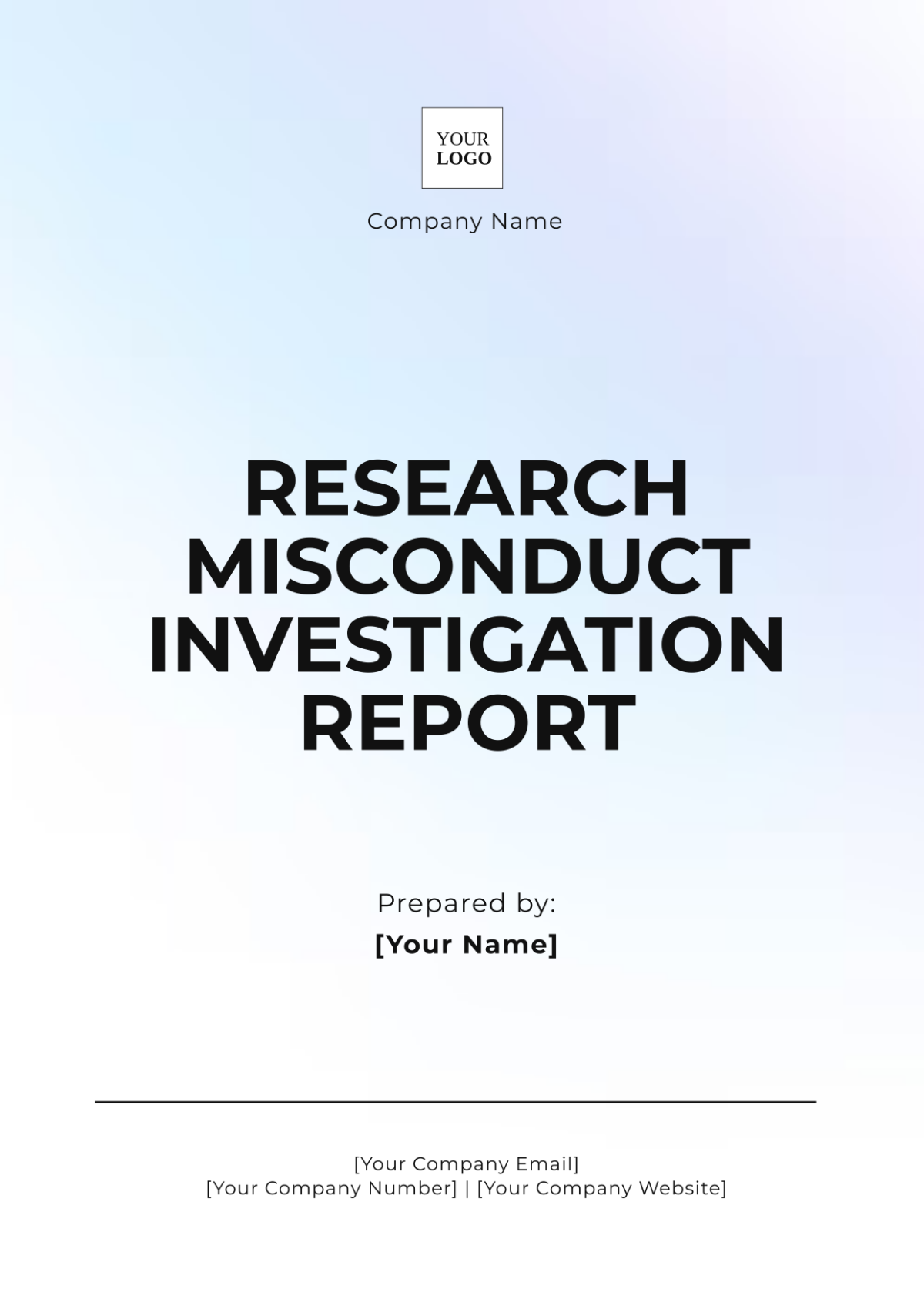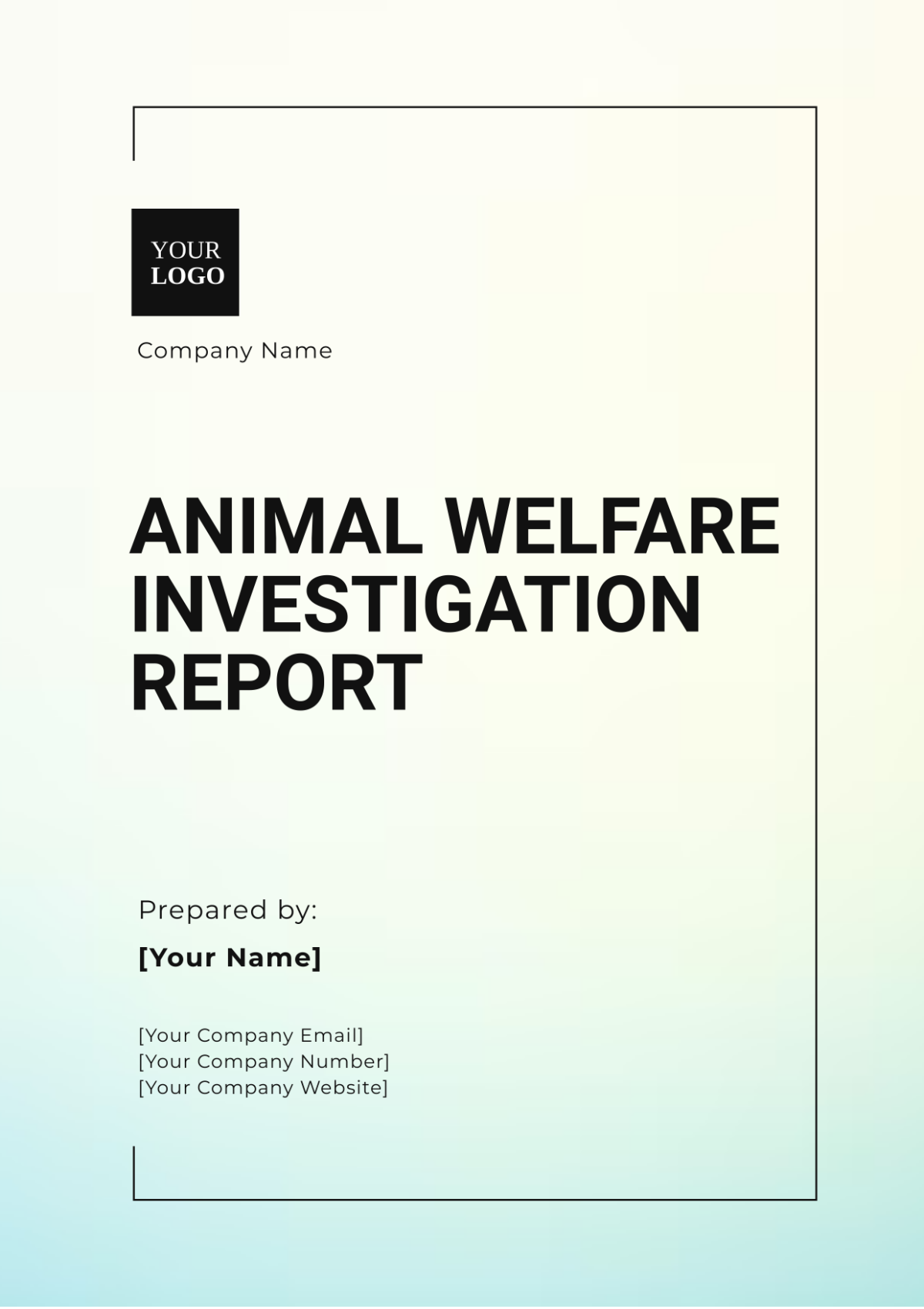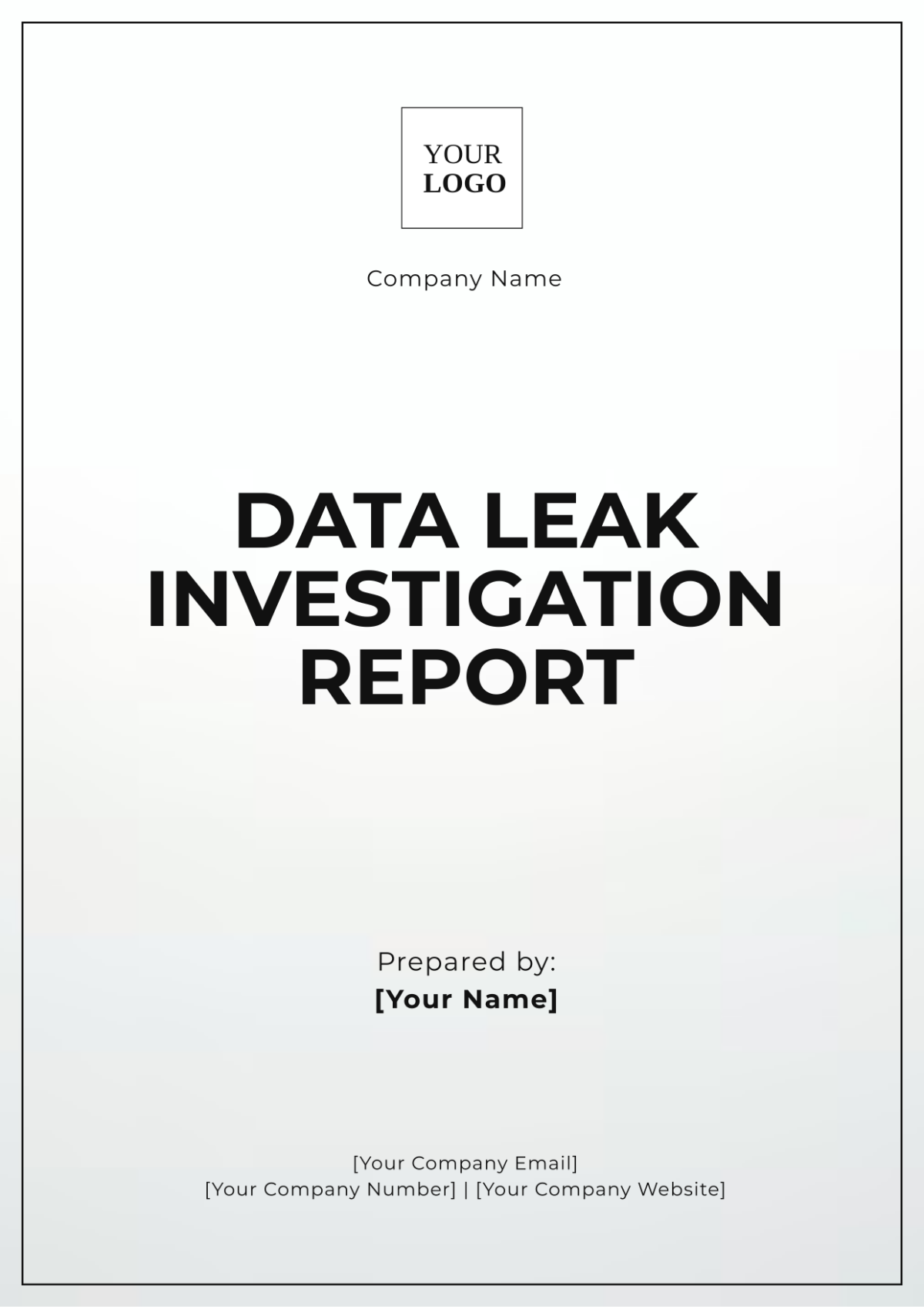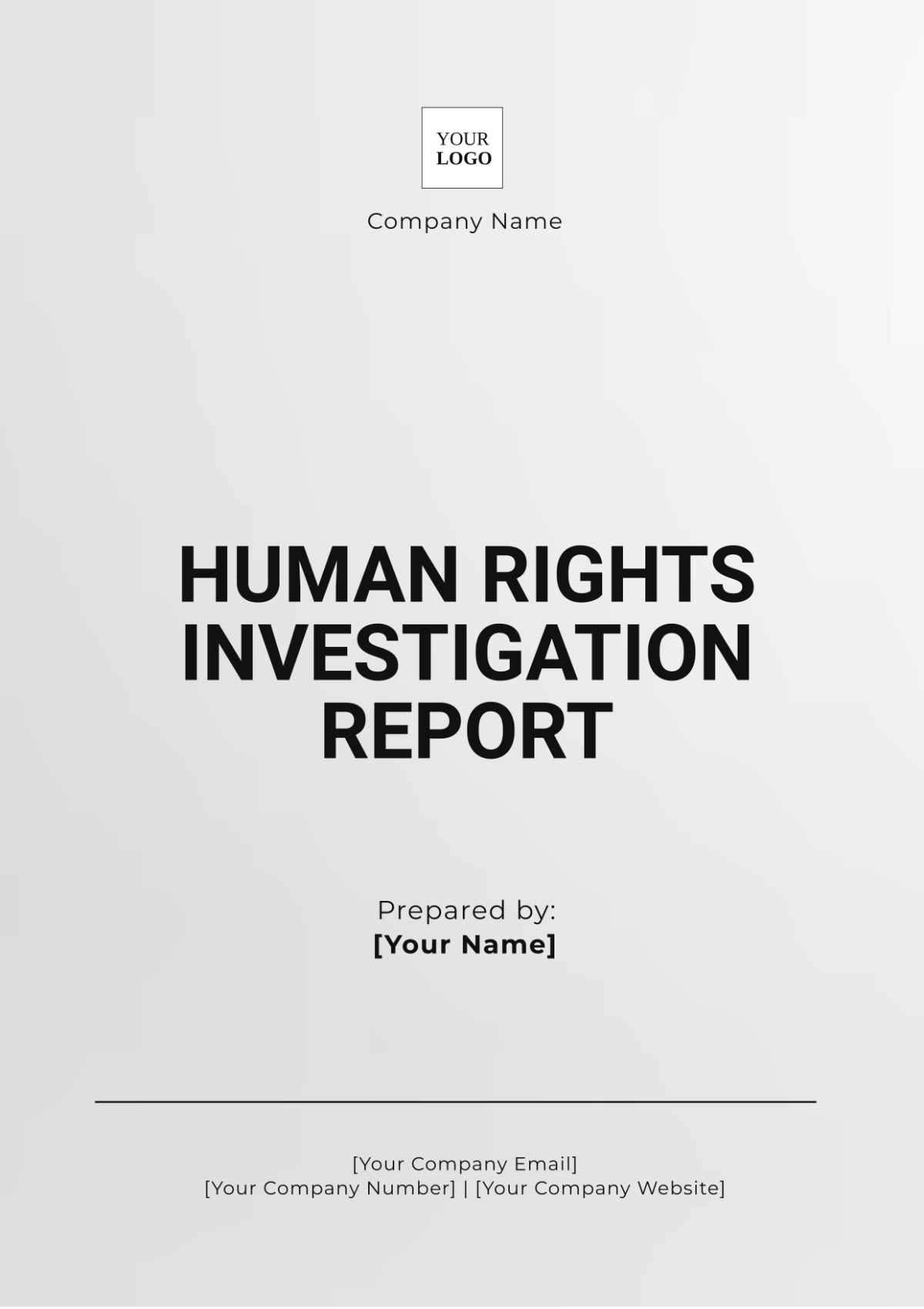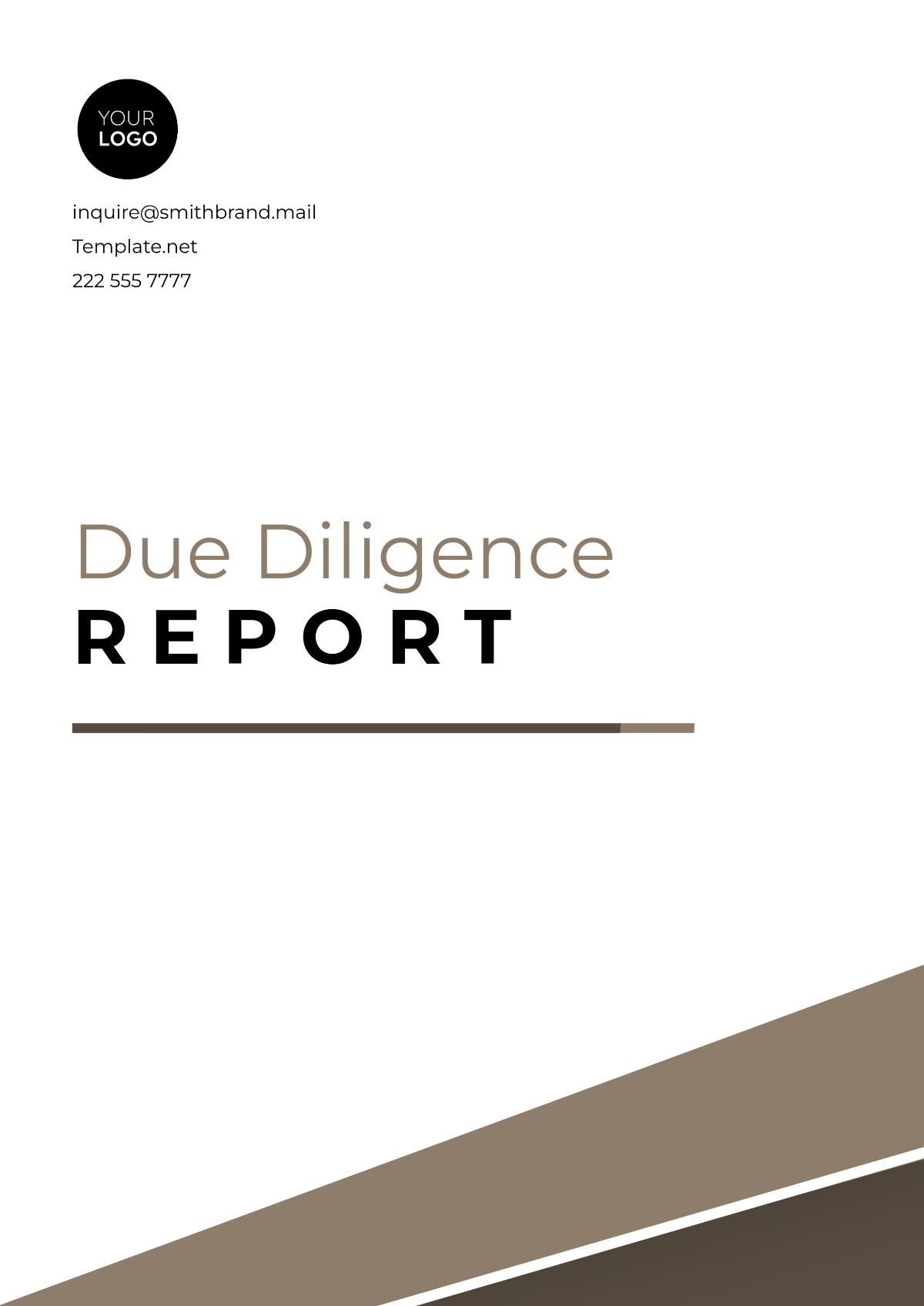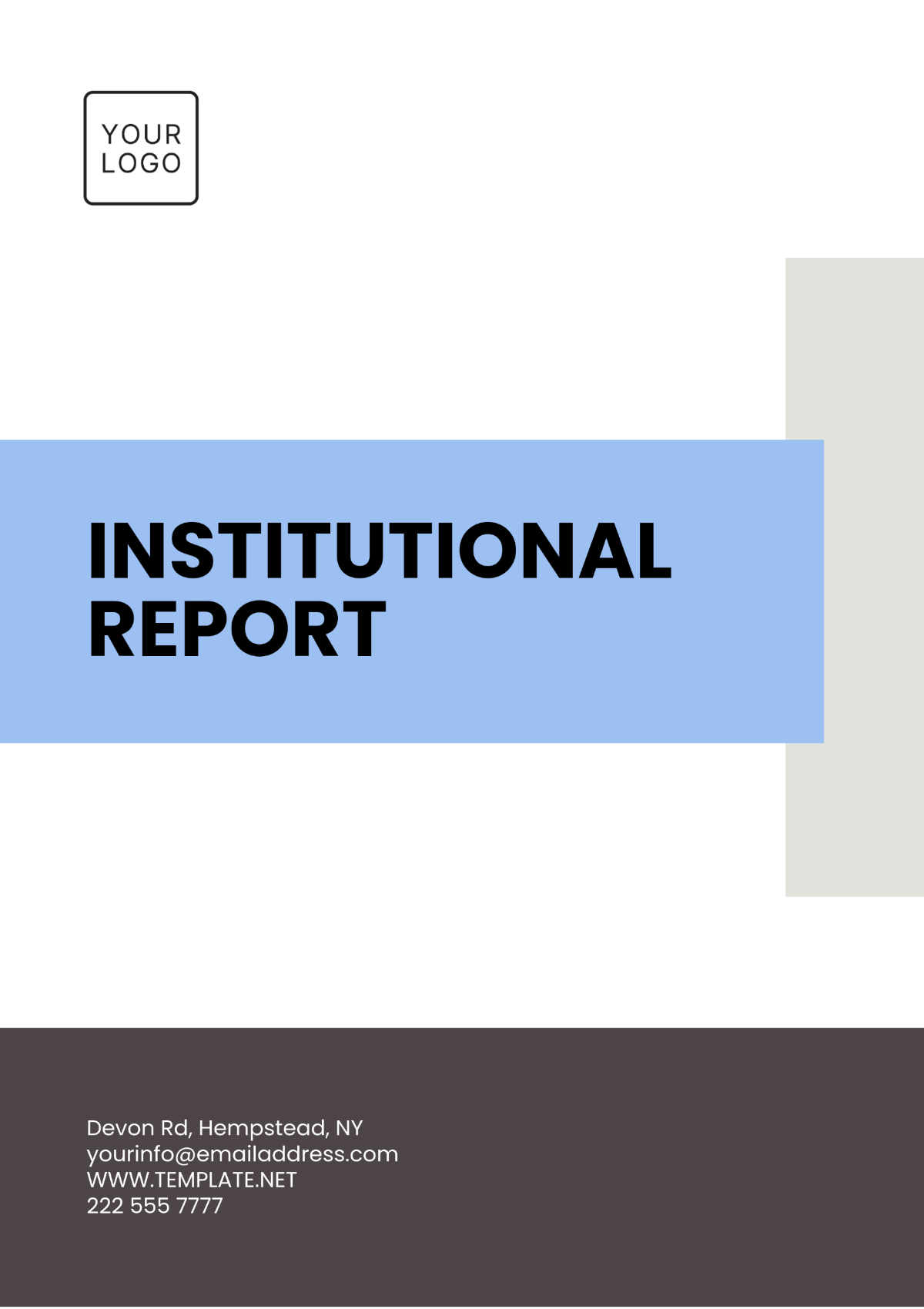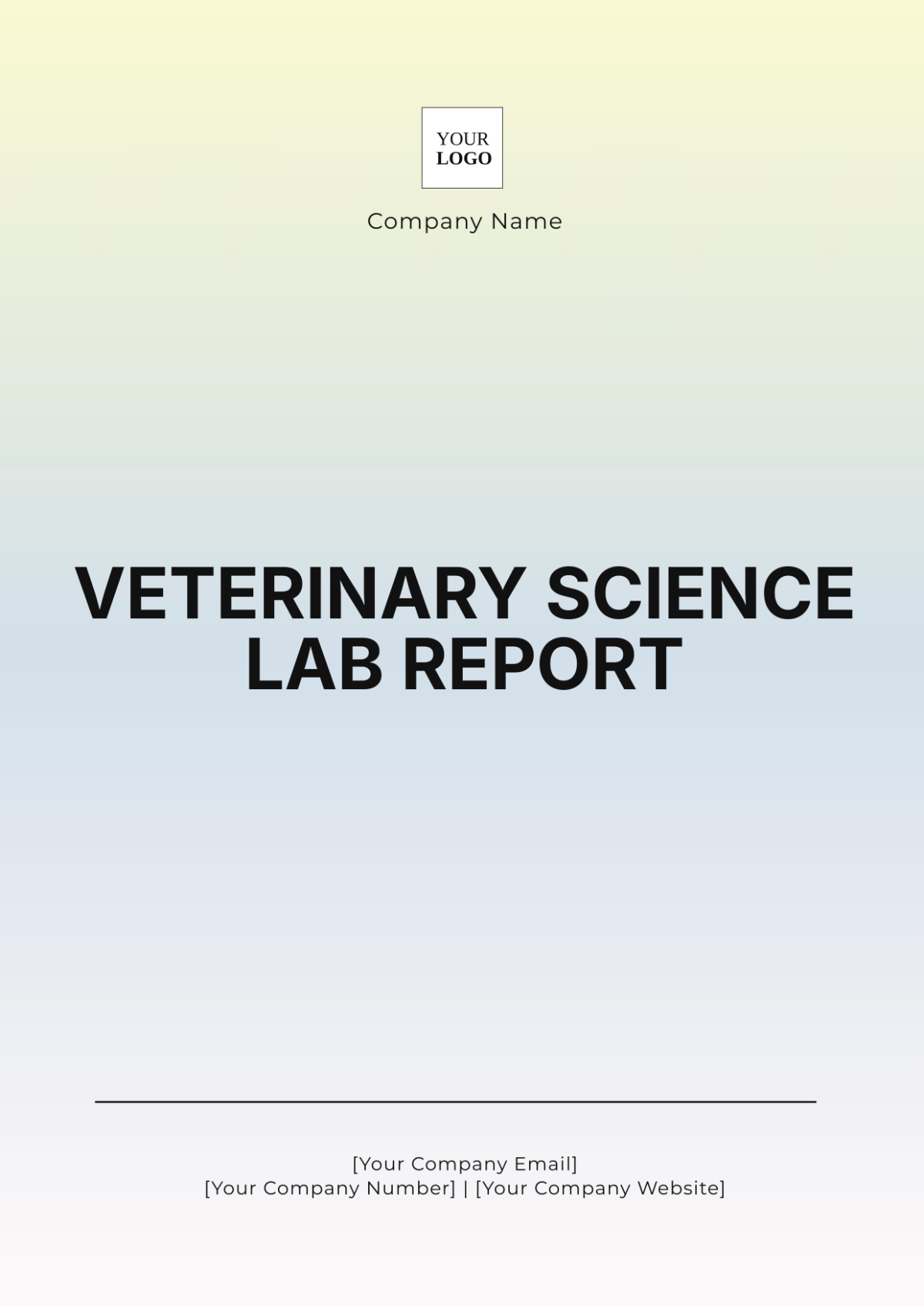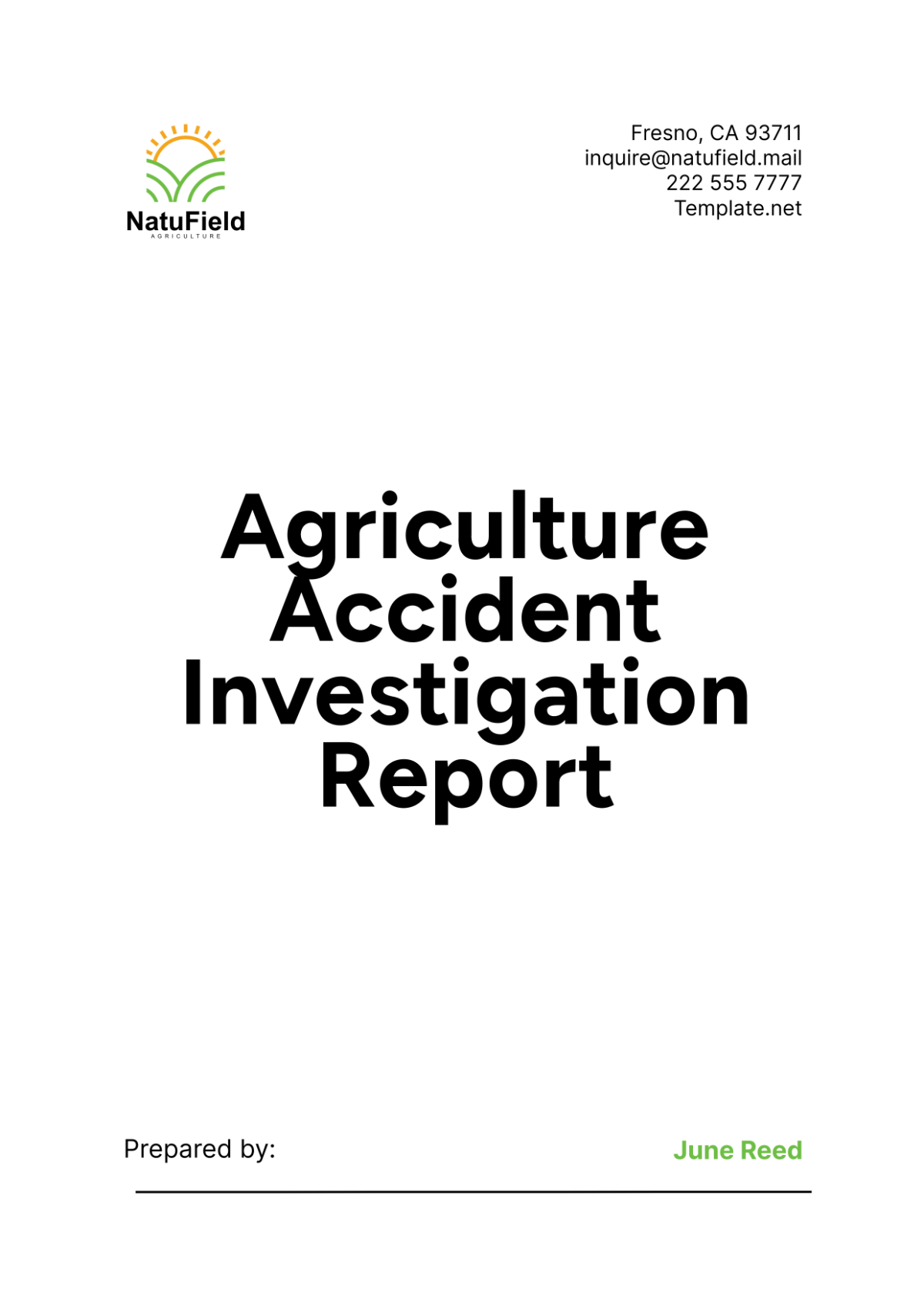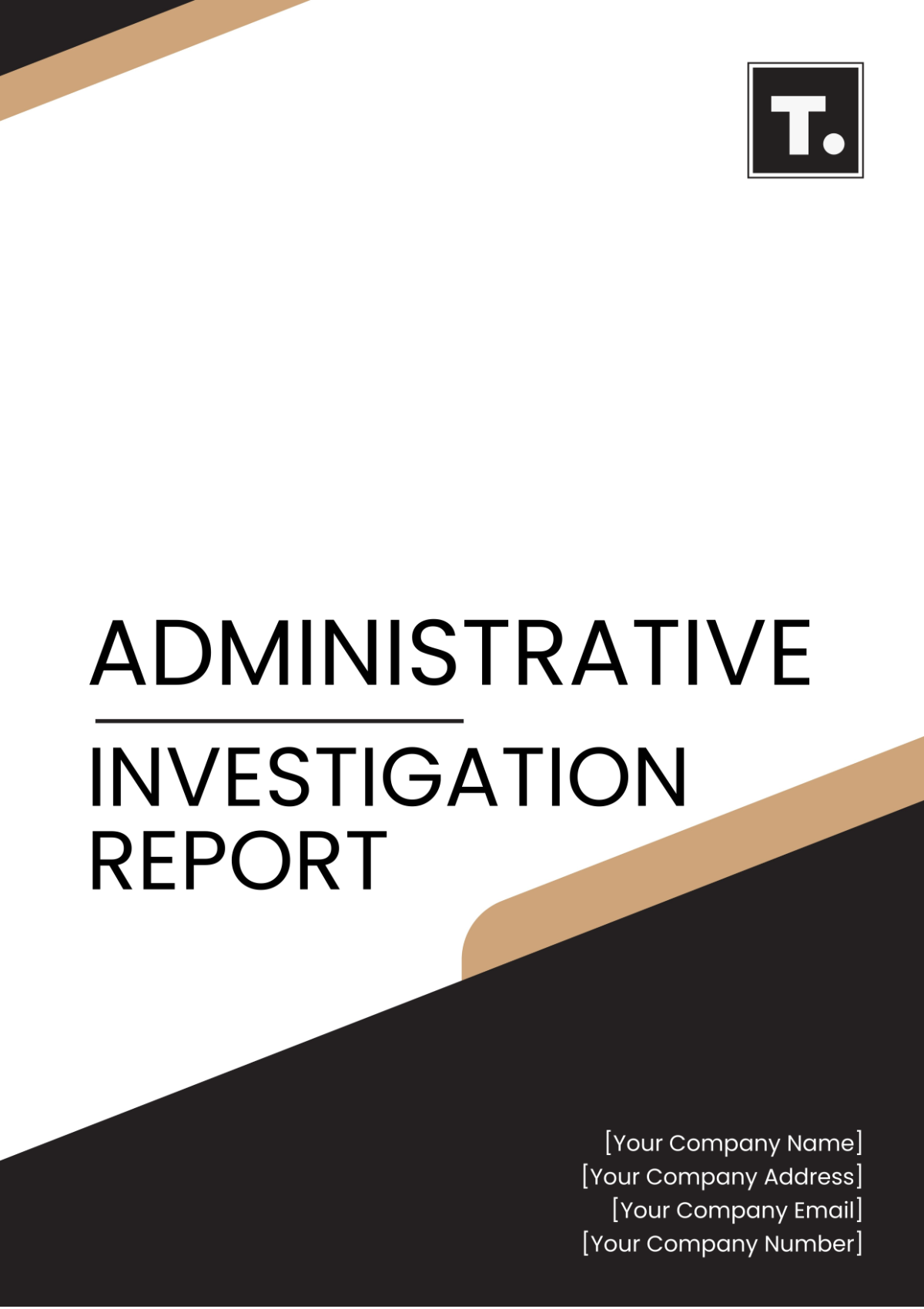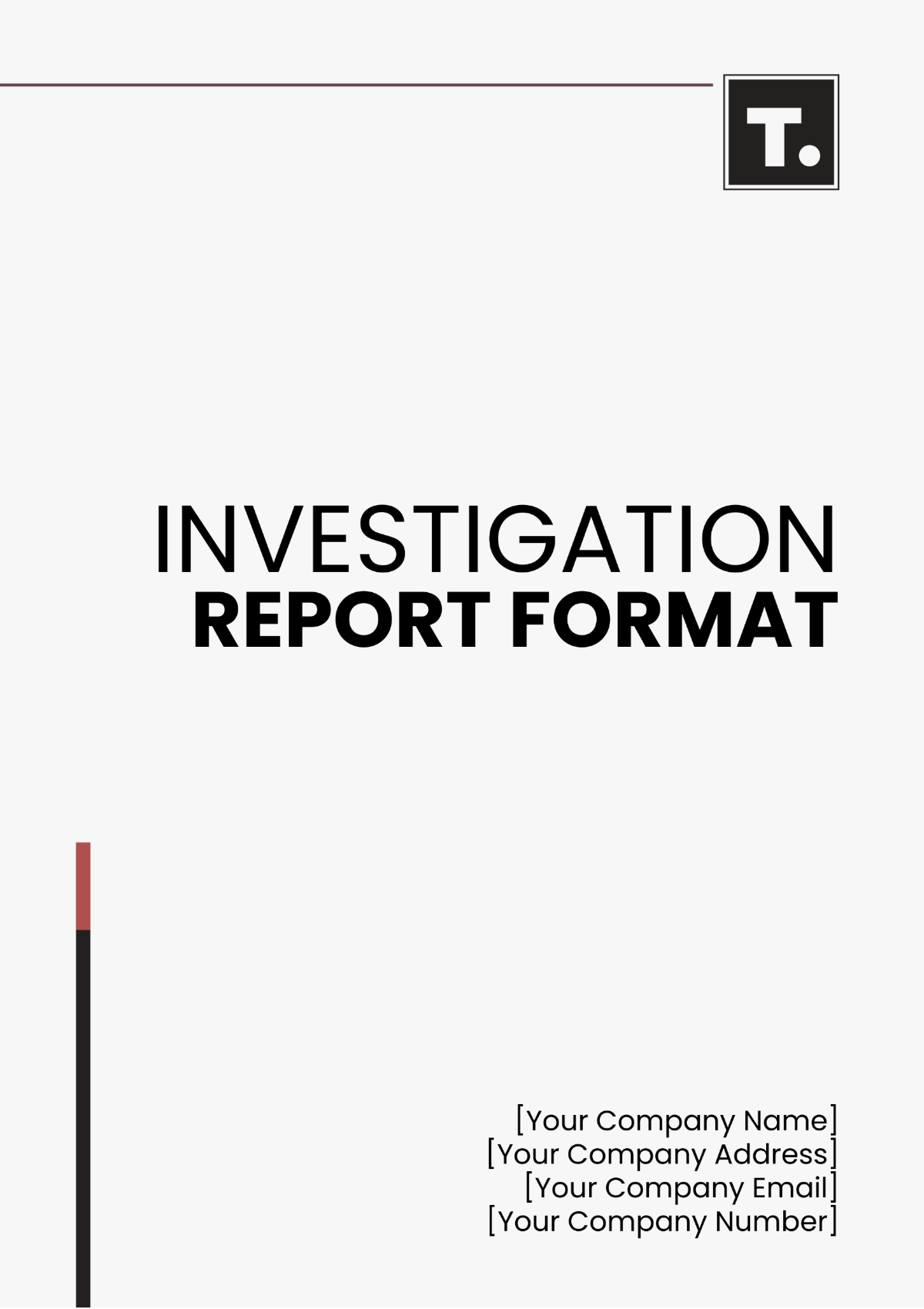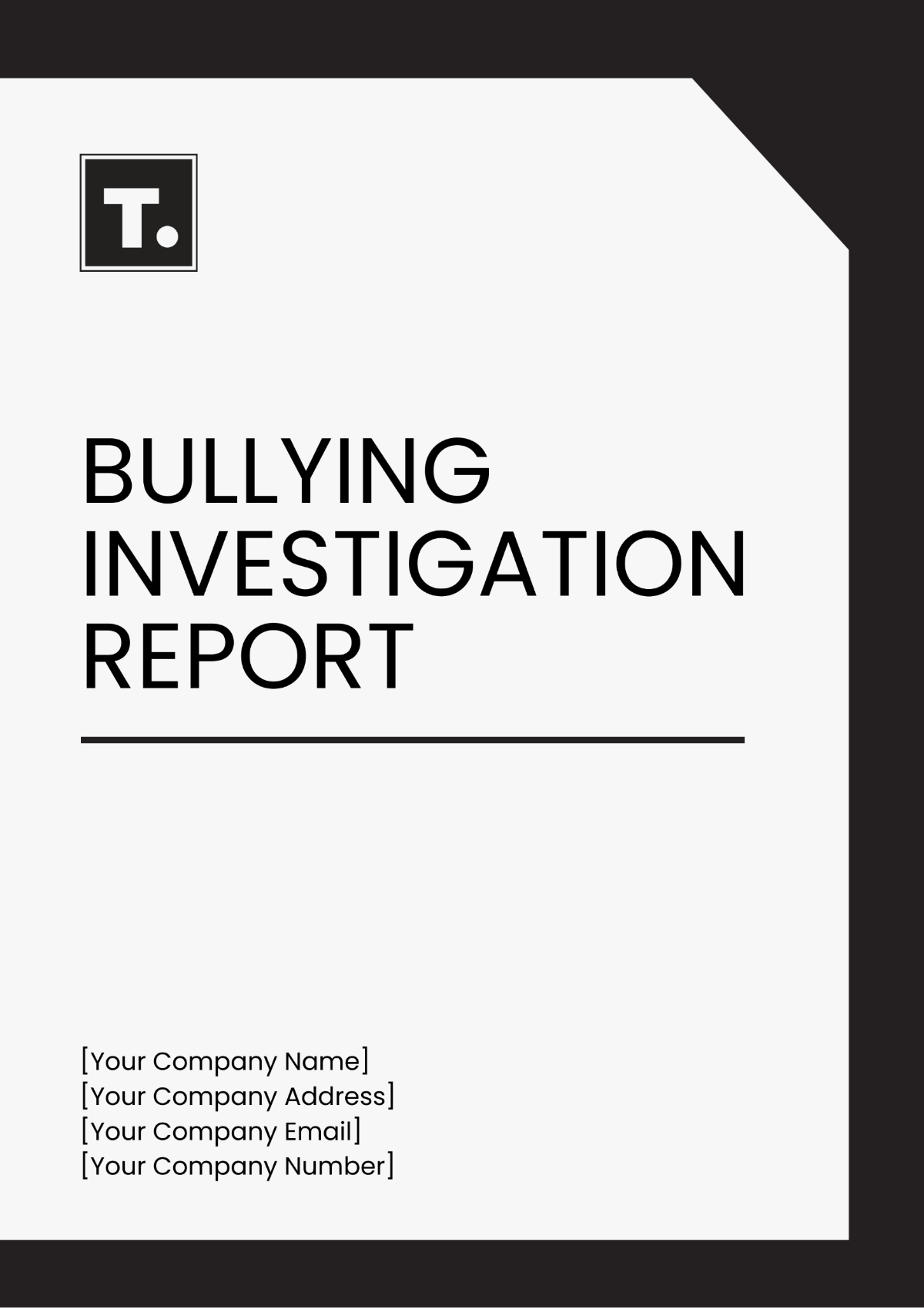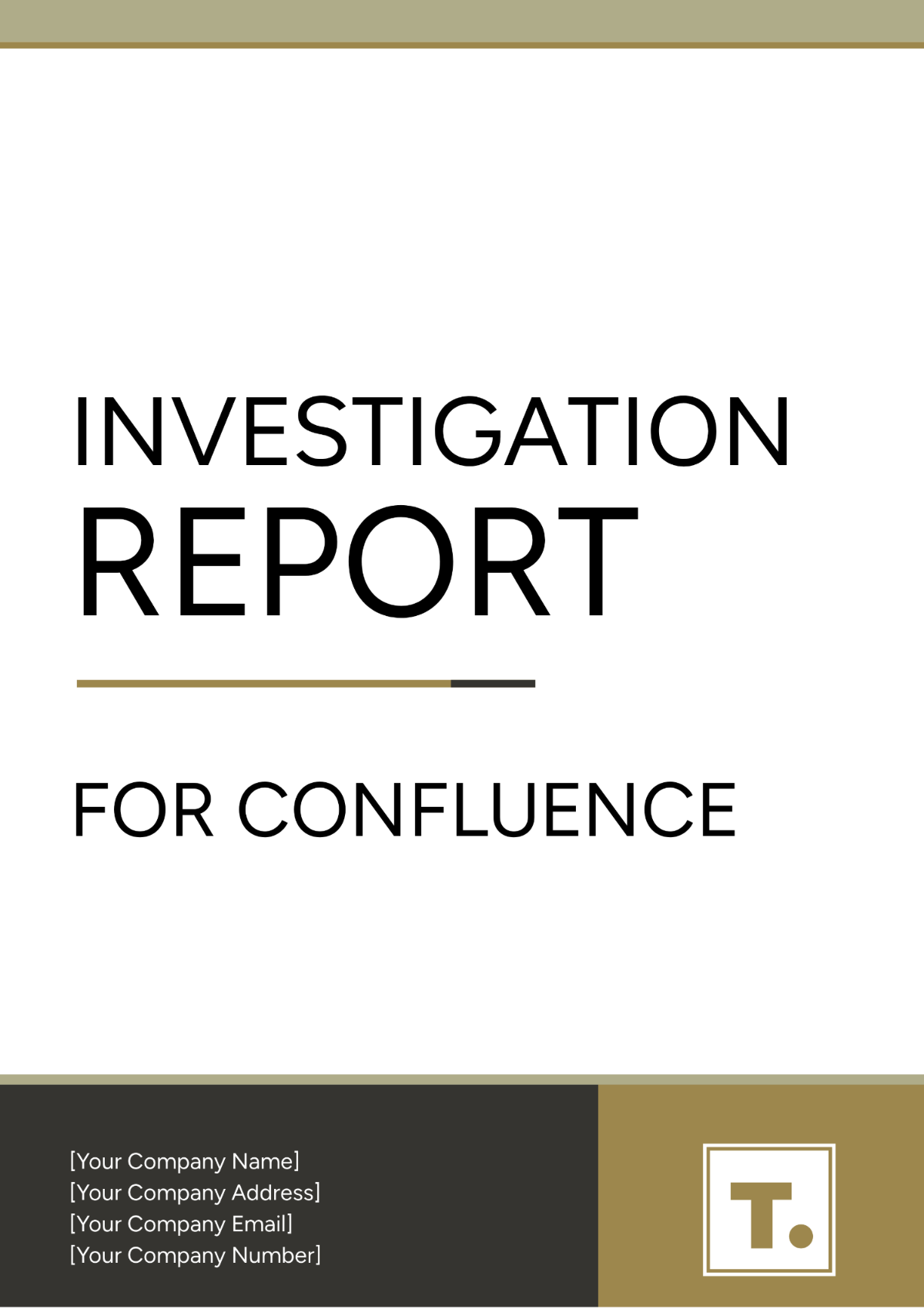Technical Investigation Report
Prepared by: [YOUR NAME]
Email: [YOUR EMAIL]
Date: October 6, 2050
I. Executive Summary
This report presents the findings of a comprehensive technical investigation conducted to assess the risks associated with the HVAC (Heating, Ventilation, and Air Conditioning) system installed at Soares Manufacturing's facility. The investigation identified critical vulnerabilities and provided recommendations for enhancing system reliability and safety.
II. Introduction
In response to recent incidents of inadequate cooling and heating within Soares Manufacturing's 300,000-square-foot manufacturing plant, Omni Engineering Solutions conducted a thorough investigation to evaluate the HVAC system's performance and identify potential risks affecting operational efficiency. The facility, comprising multiple production zones and office spaces, relies heavily on the HVAC system to maintain optimal indoor temperatures and air quality for the health and productivity of its employees.
III. Methodology
A. Investigation Approach
Interviews and Stakeholder Consultations: Discussions were held with facility managers, maintenance staff, and occupants to gather insights into system performance issues, operational challenges, and user experiences.
Technical Documentation Review: Examination of HVAC system manuals, maintenance logs, and service records provided historical data for analysis, highlighting past maintenance practices and system modifications.
Data Collection and Analysis: Operational data including temperature logs, energy consumption metrics, and maintenance schedules were analyzed to identify trends and anomalies in system performance.
B. Tools and Techniques
Diagnostic tools such as thermal imaging cameras and air quality monitors were utilized to assess HVAC system functionality and indoor air quality parameters. These tools provided quantitative data on temperature differentials across zones, air circulation rates, and particulate levels in the indoor environment.
IV. Findings and Analysis
A. Detailed Analysis of HVAC System
The investigation revealed inconsistent airflow distribution and temperature control issues in several zones of the facility. Maintenance deficiencies, including irregular filter replacement and insufficient coil cleaning, were identified as contributing factors to system inefficiencies. Additionally, outdated control systems and sensors were found to be limiting the system's ability to adapt to varying occupancy patterns and external weather conditions.
B. Identification of Risks
Critical risks identified include:
Equipment Failures: Potential failures of HVAC components due to inadequate maintenance practices and aging equipment.
Indoor Air Quality Concerns: Variations in air quality metrics such as particulate matter and CO2 levels, impacting occupant comfort and health.
Energy Inefficiencies: Suboptimal energy usage patterns leading to increased operational costs and environmental impact.
C. Root Cause Analysis
Root causes were traced to:
Maintenance Practices: Irregular and reactive maintenance rather than proactive scheduled upkeep.
Technological Obsolescence: Outdated control systems and sensors are unable to optimize energy consumption and comfort settings.
Design Limitations: Initial HVAC design not adequately scaled for current facility requirements, resulting in inefficient airflow distribution and temperature regulation.
V. Recommendations
A. Risk Mitigation Strategies
Implementation of Routine Maintenance Protocols: Establish a comprehensive maintenance schedule to include regular inspections, cleaning of filters, and calibration of control systems. This will ensure optimal performance and longevity of HVAC components.
Upgrade of HVAC Controls: Invest in modern control systems with advanced programming capabilities, integrating occupancy sensors and weather forecasting data to optimize temperature control and energy efficiency.
B. Operational Changes
Enhanced Training Programs: Conduct training sessions for facility staff on proper HVAC system operation, maintenance practices, and identification of early warning signs for potential system failures.
C. Technological Enhancements
Consideration of Energy-Efficient Upgrades: Evaluate the feasibility of installing energy-efficient HVAC equipment, such as variable refrigerant flow (VRF) systems or high-efficiency heat pumps, to reduce operational costs and environmental impact while improving system reliability.
VI. Implementation Plan
A phased implementation plan will be developed in collaboration with Soares Manufacturing to prioritize and schedule recommended actions, ensuring minimal disruption to facility operations. Key components of the plan include:
Phase | Action Item | Timeline | Budget Allocation |
|---|---|---|---|
1 | Conduct a comprehensive HVAC system audit | Month 1 - 2 | $10,000 |
2 | Implement routine maintenance protocols | Month 3 - 6 | $5,000 |
3 | Upgrade HVAC controls and sensors | Month 7 - 9 | $50,000 |
4 | Evaluate energy-efficient HVAC upgrades | Month 10 - 12 | $100,000 |
VII. Monitoring and Evaluation
Performance metrics will be established to monitor the effectiveness of implemented measures, with periodic reviews scheduled to assess ongoing system performance and compliance with recommended practices. Metrics will include energy consumption savings, indoor air quality improvements, and reduction in HVAC-related service calls.
VIII. Conclusion
The findings of this investigation underscore the importance of proactive maintenance and strategic upgrades in optimizing HVAC system performance. By implementing the recommended strategies, Soares Manufacturing can mitigate risks, improve operational efficiency, and enhance occupant comfort within their facility.

